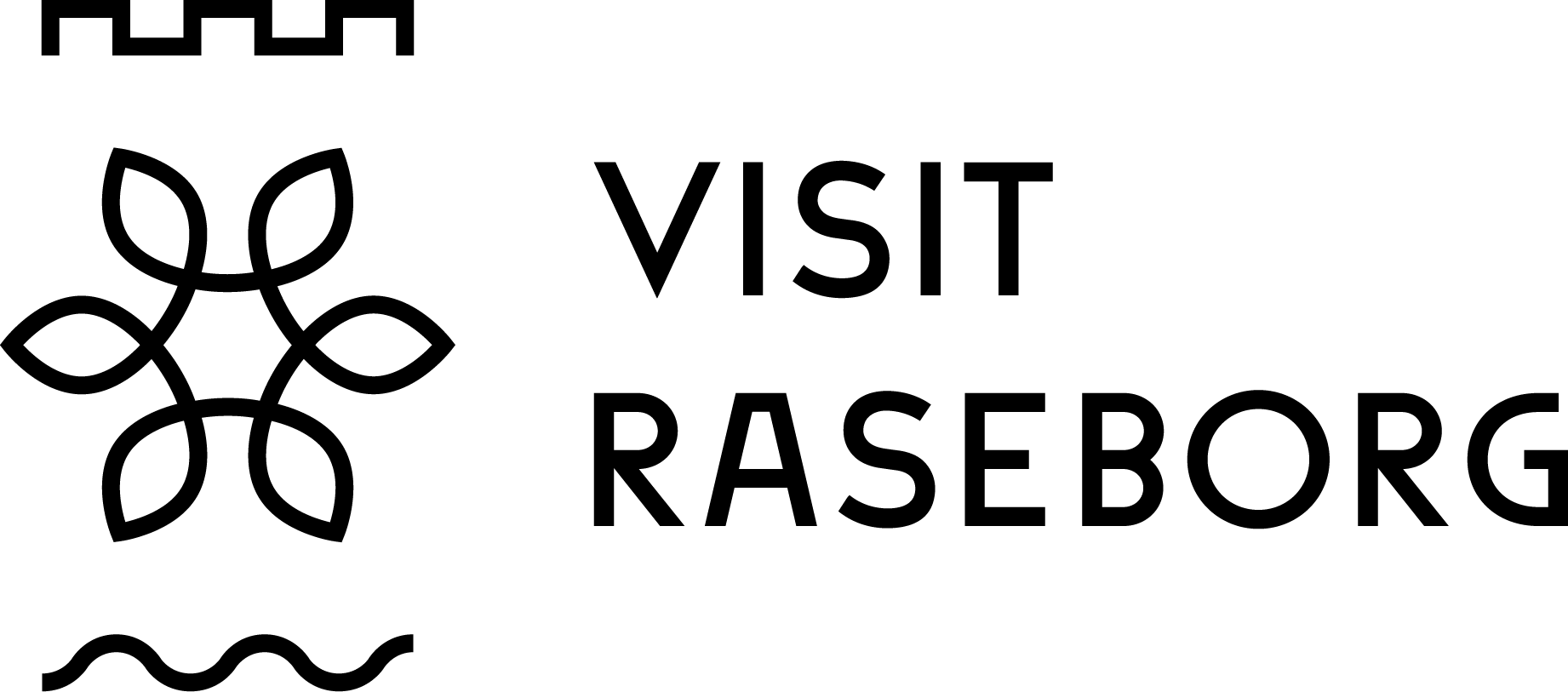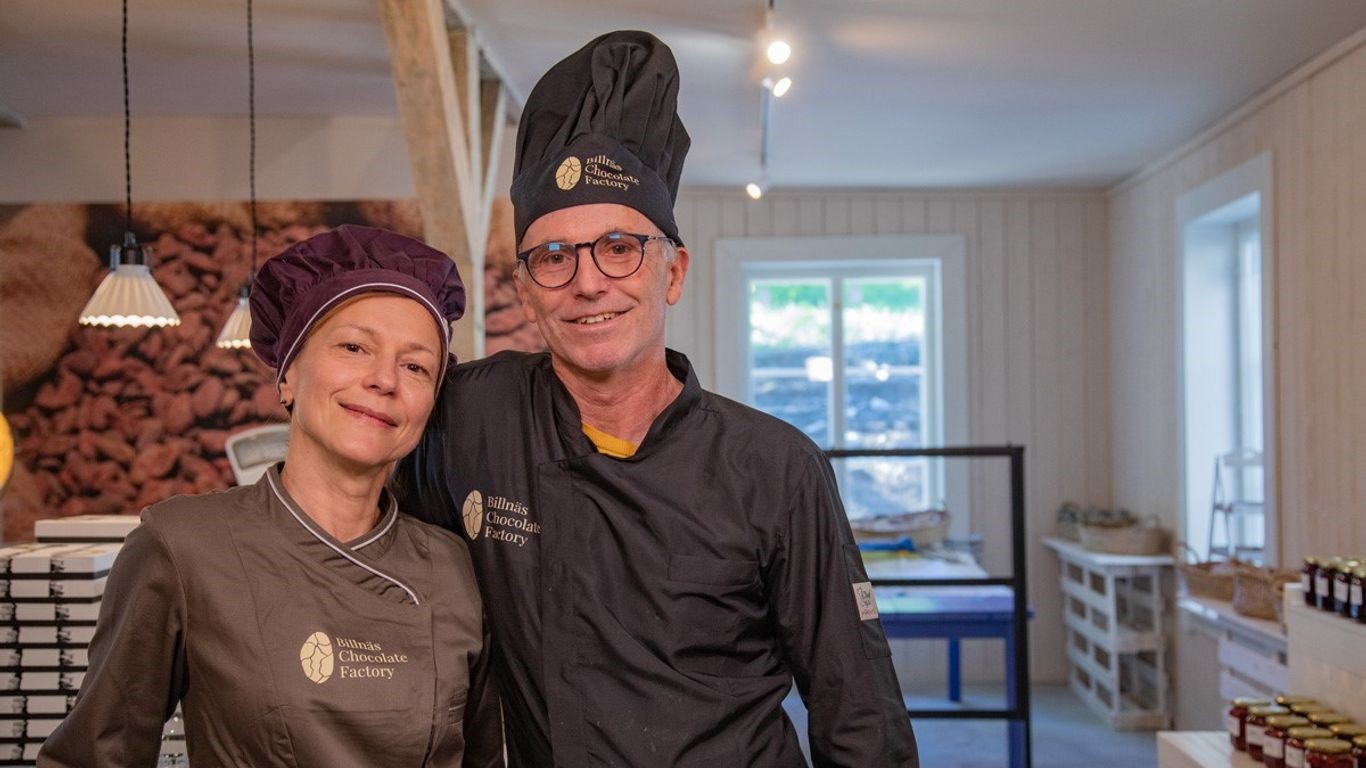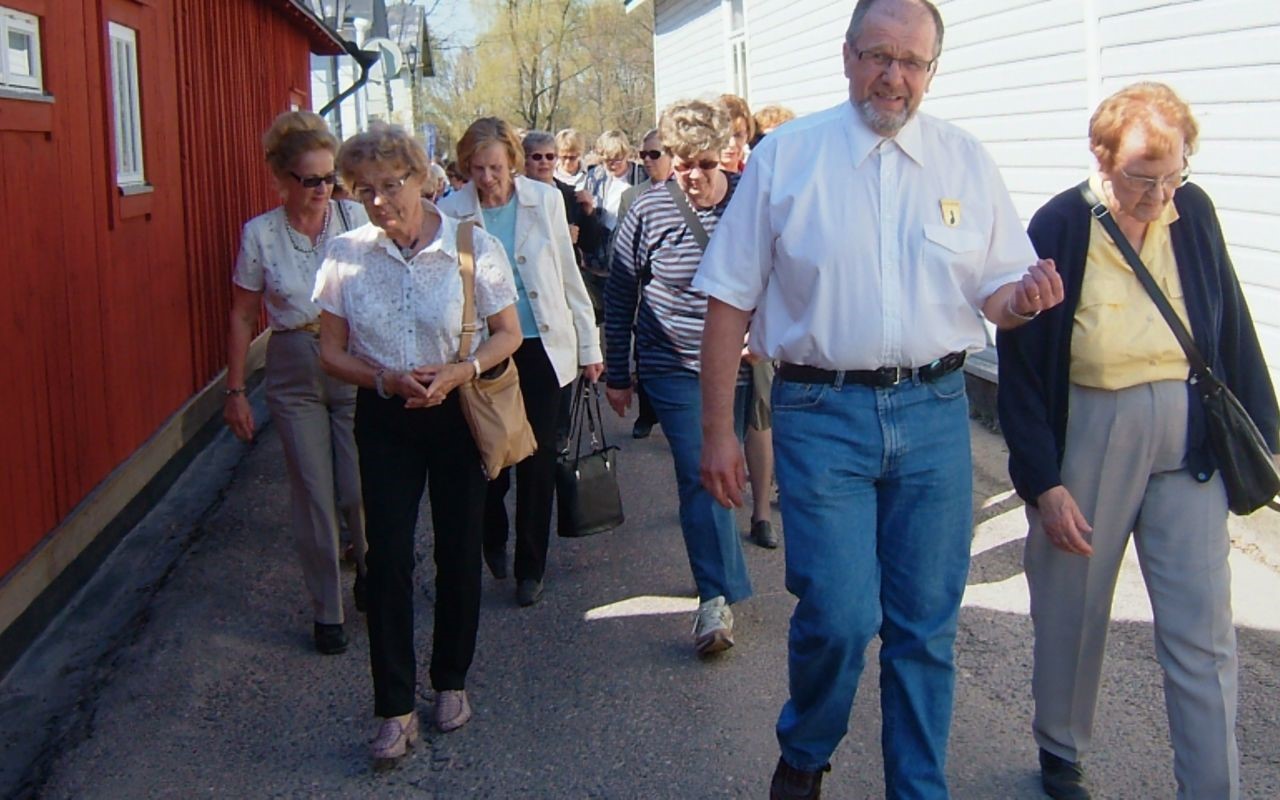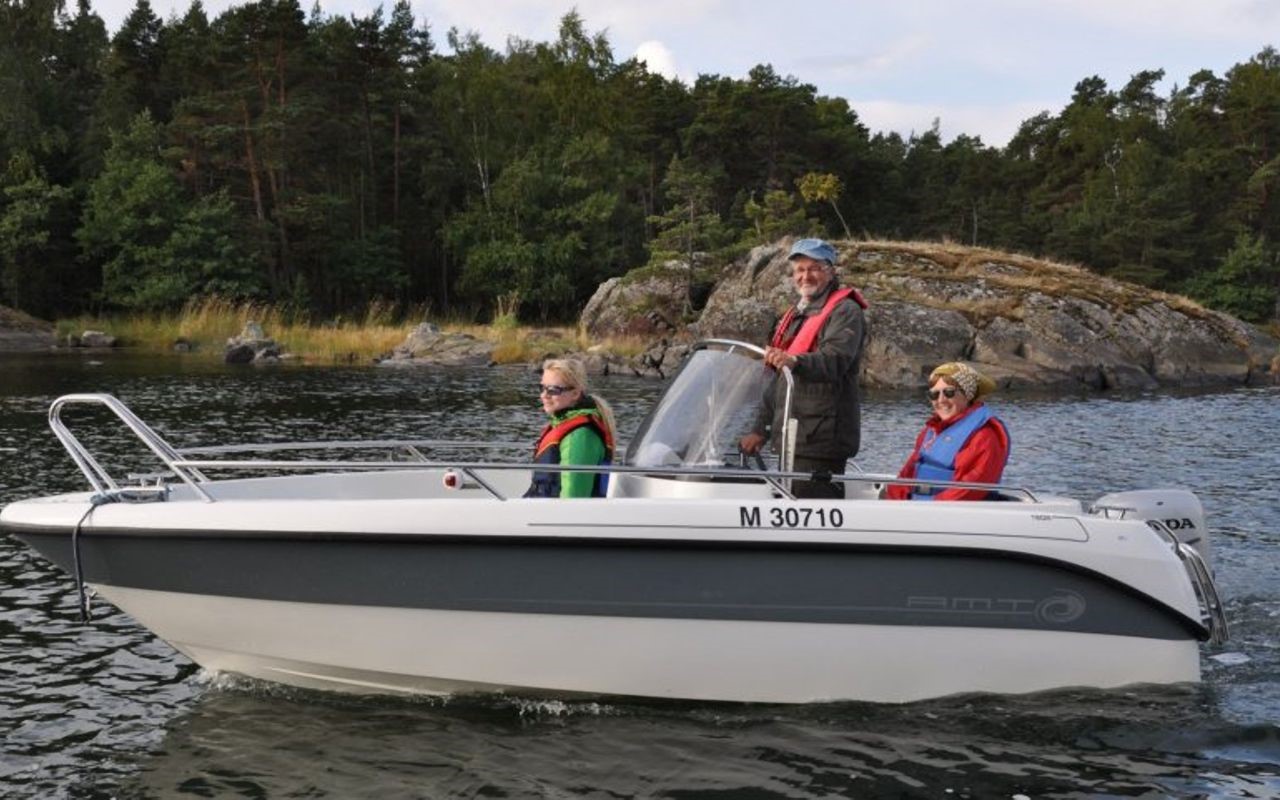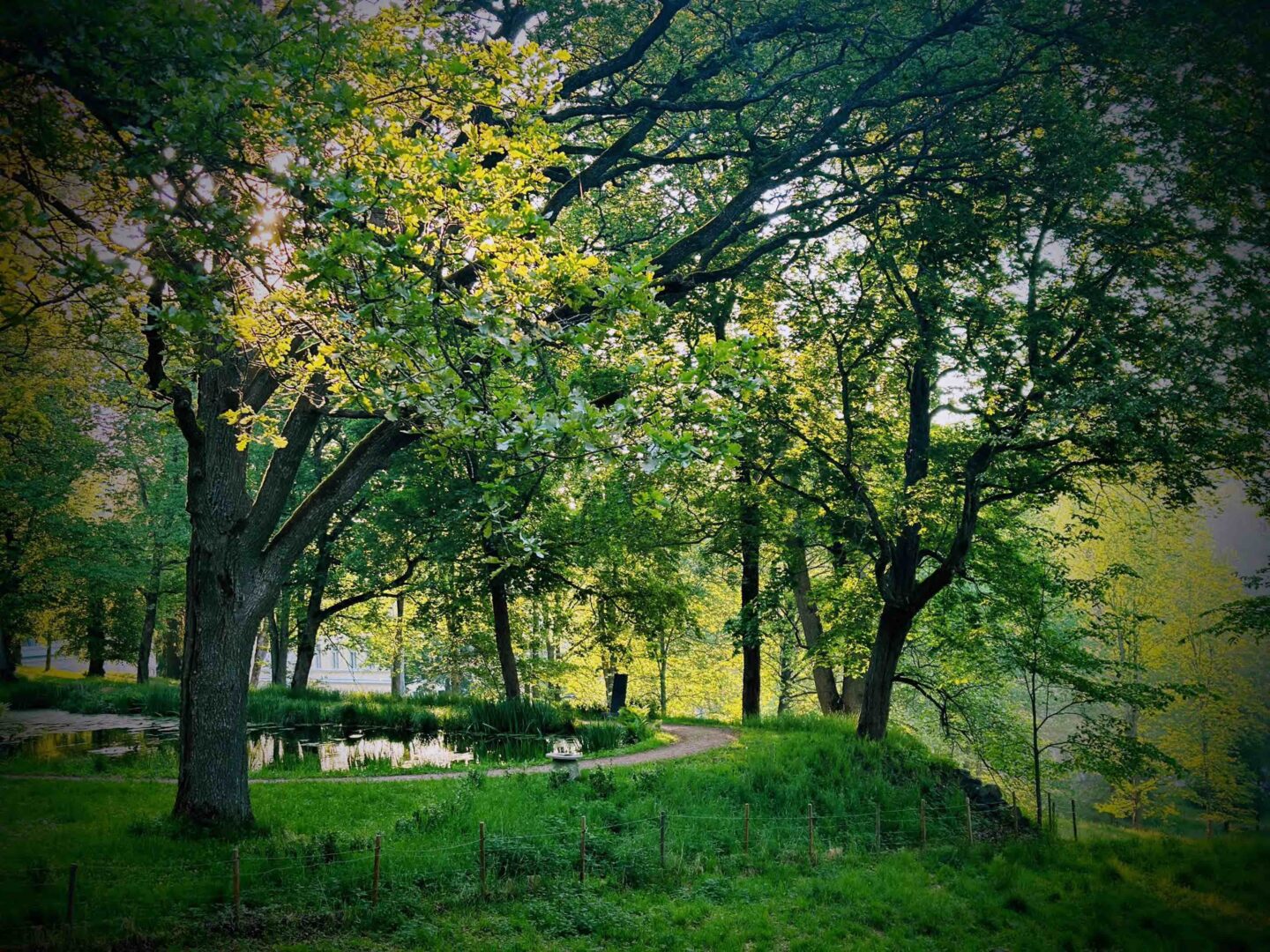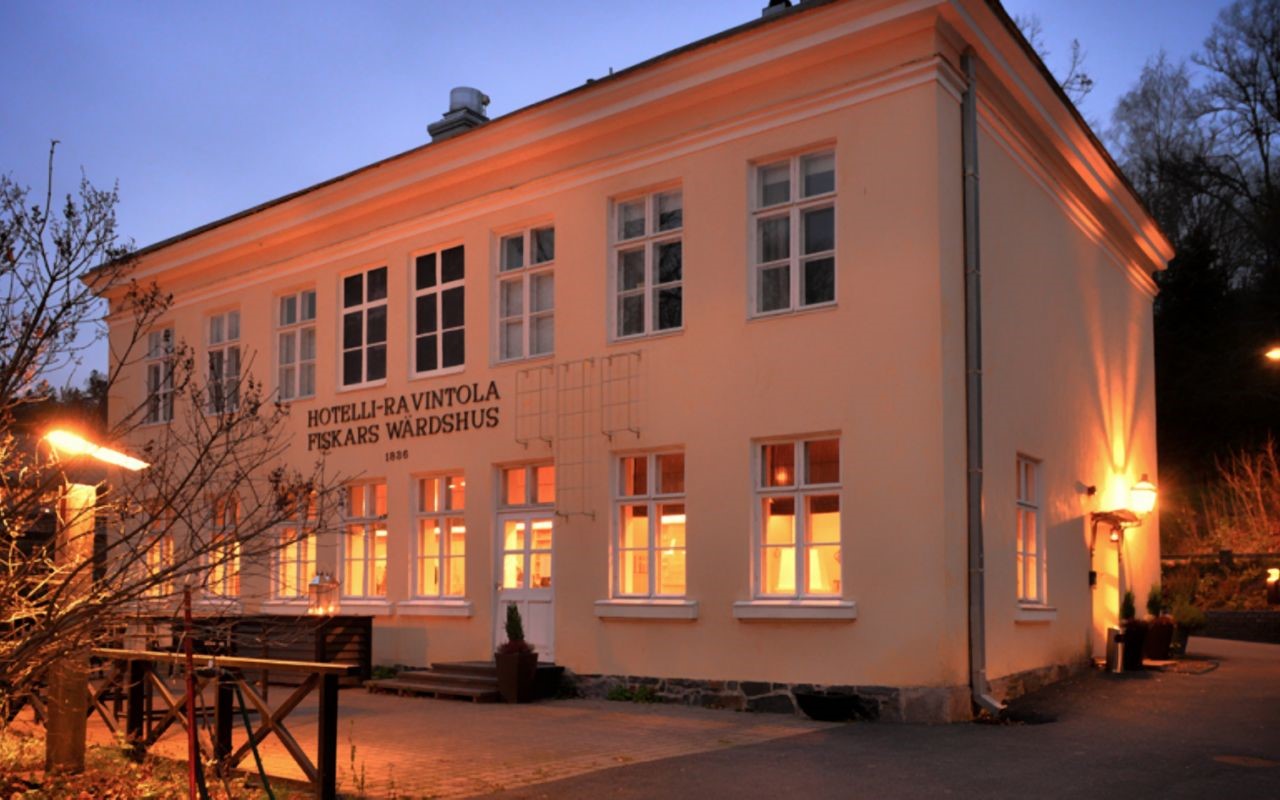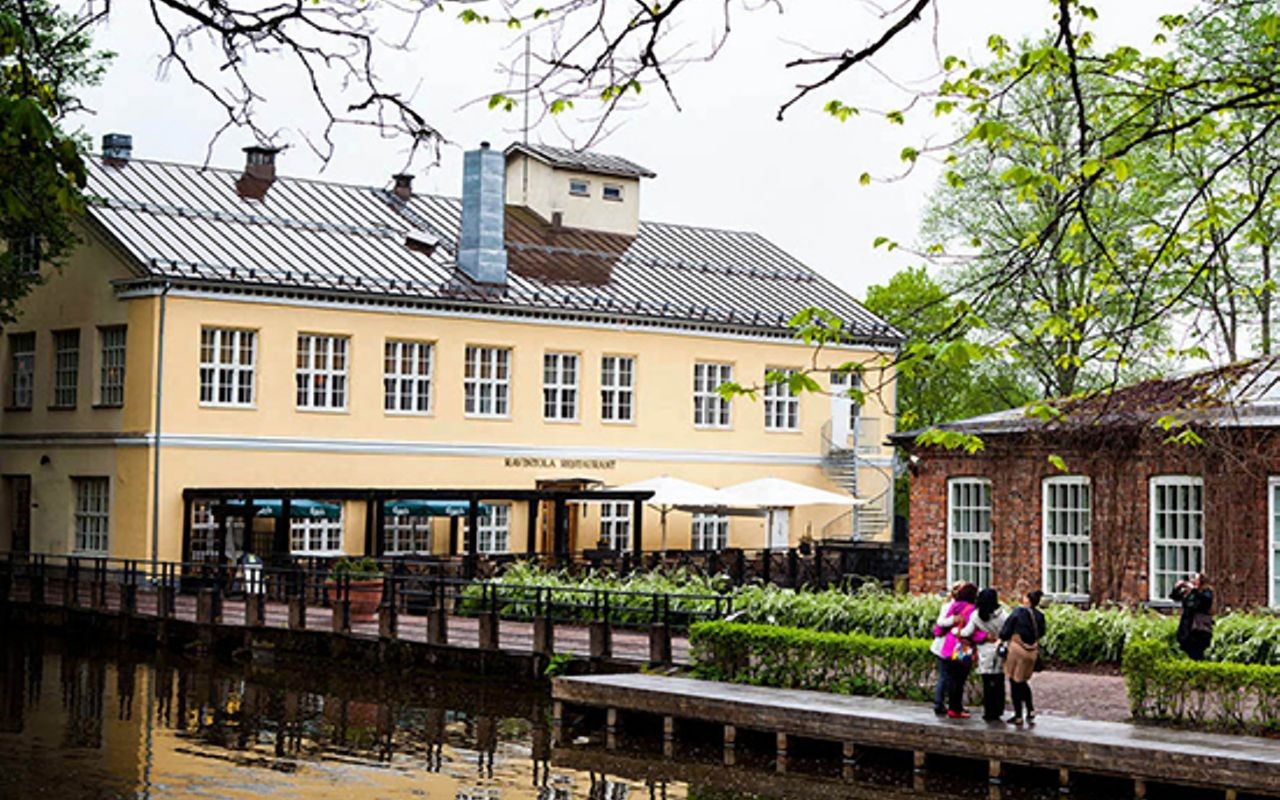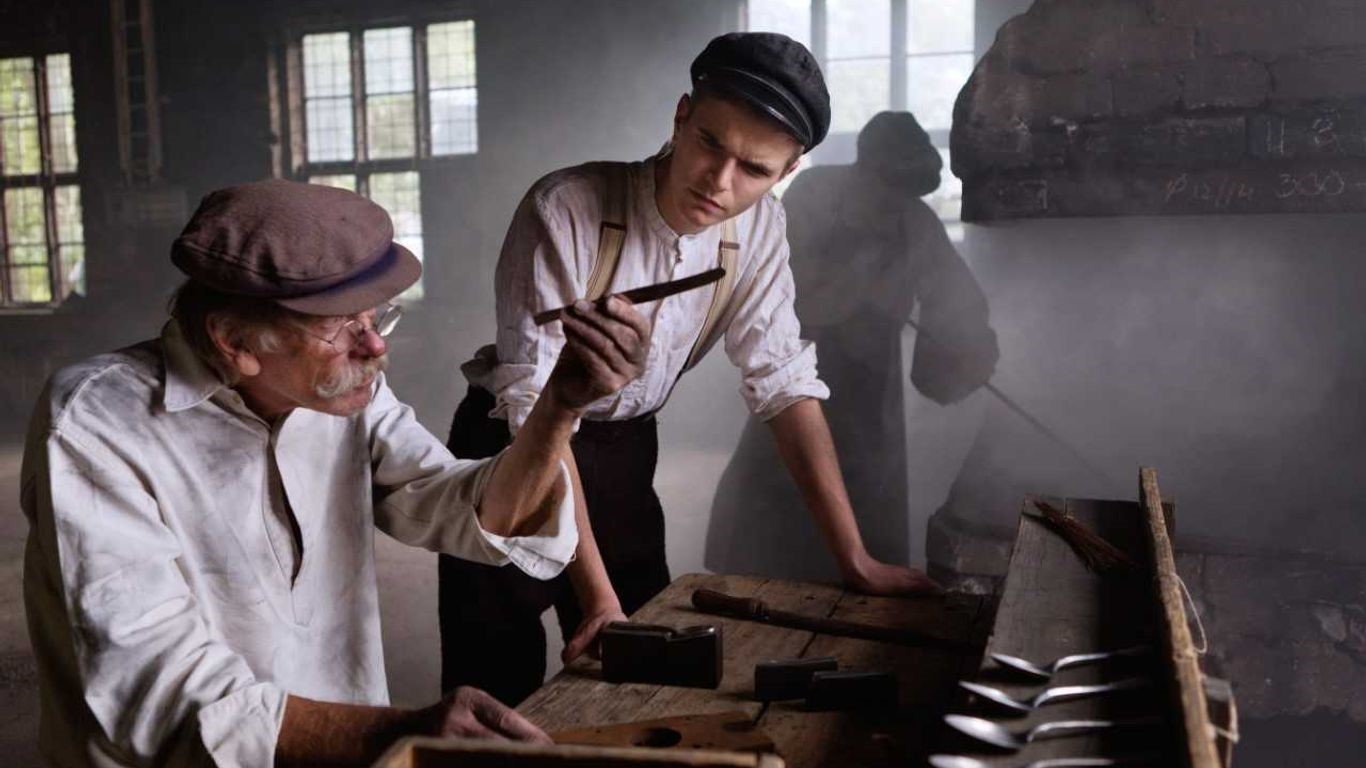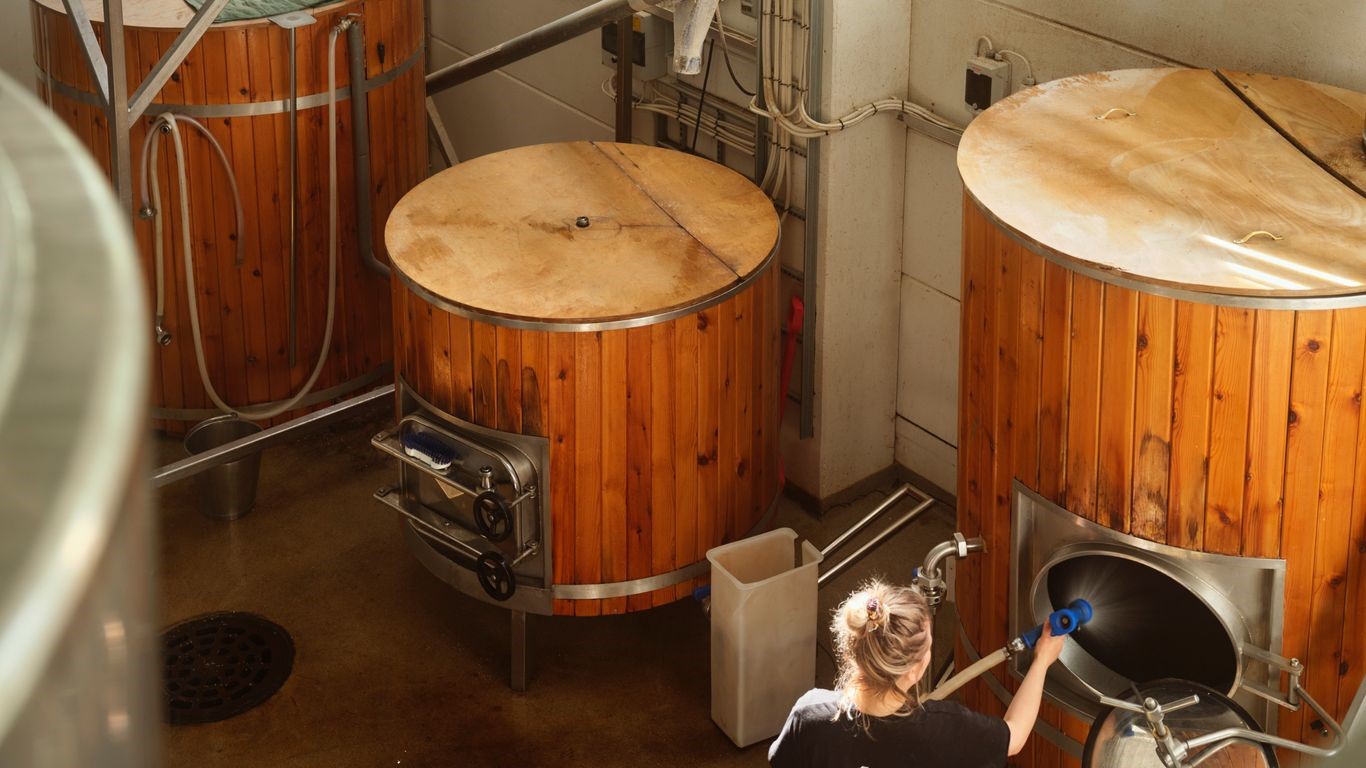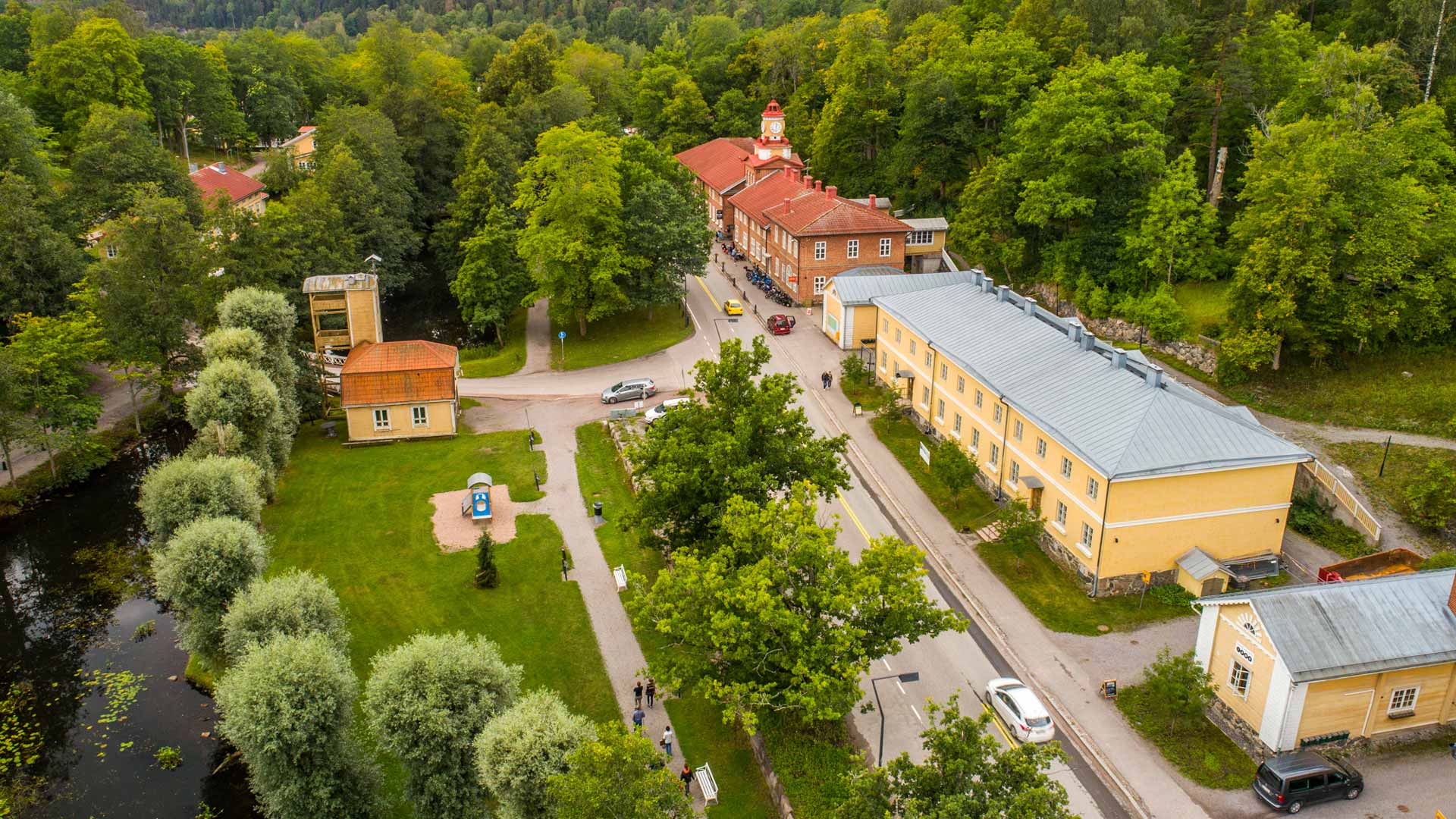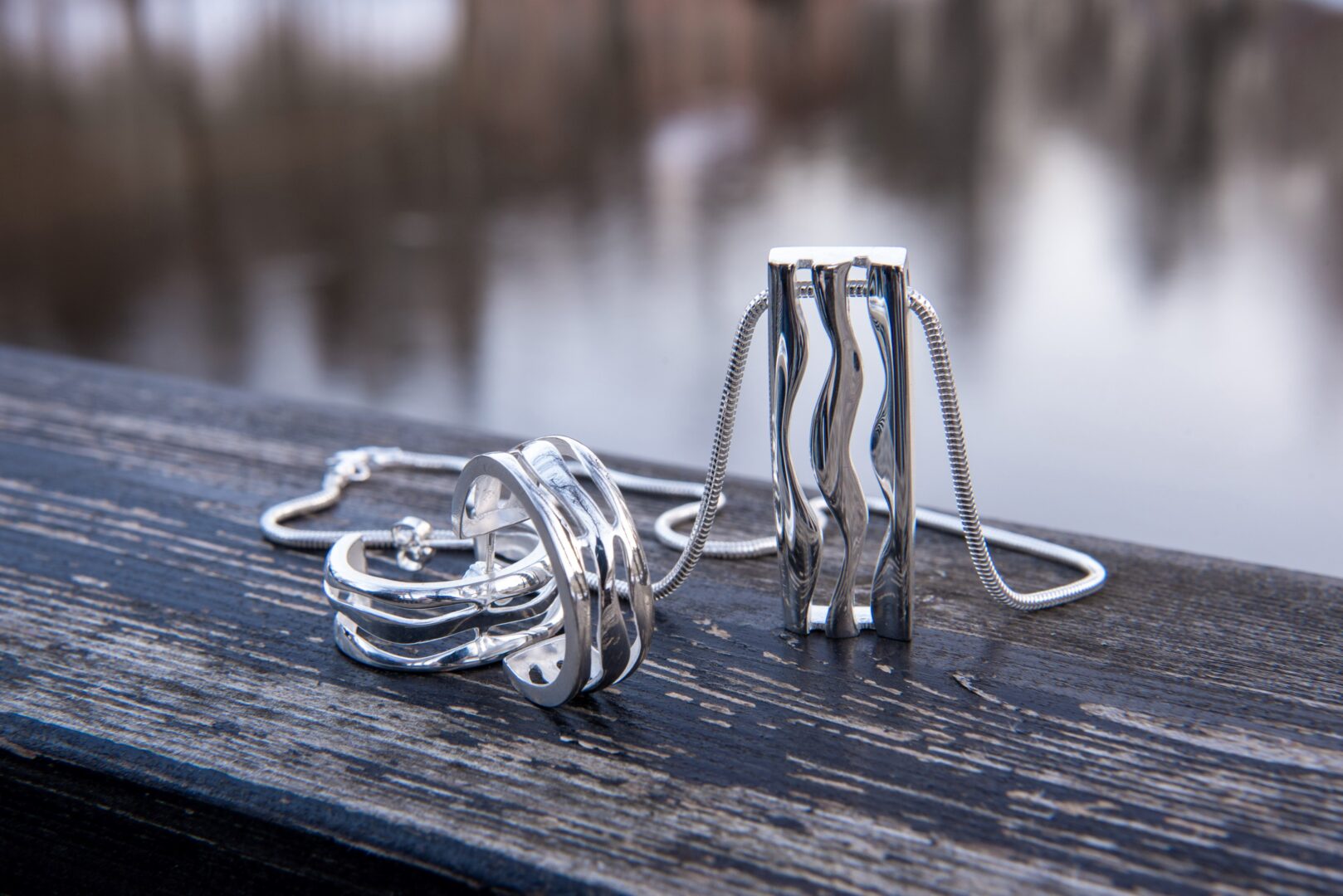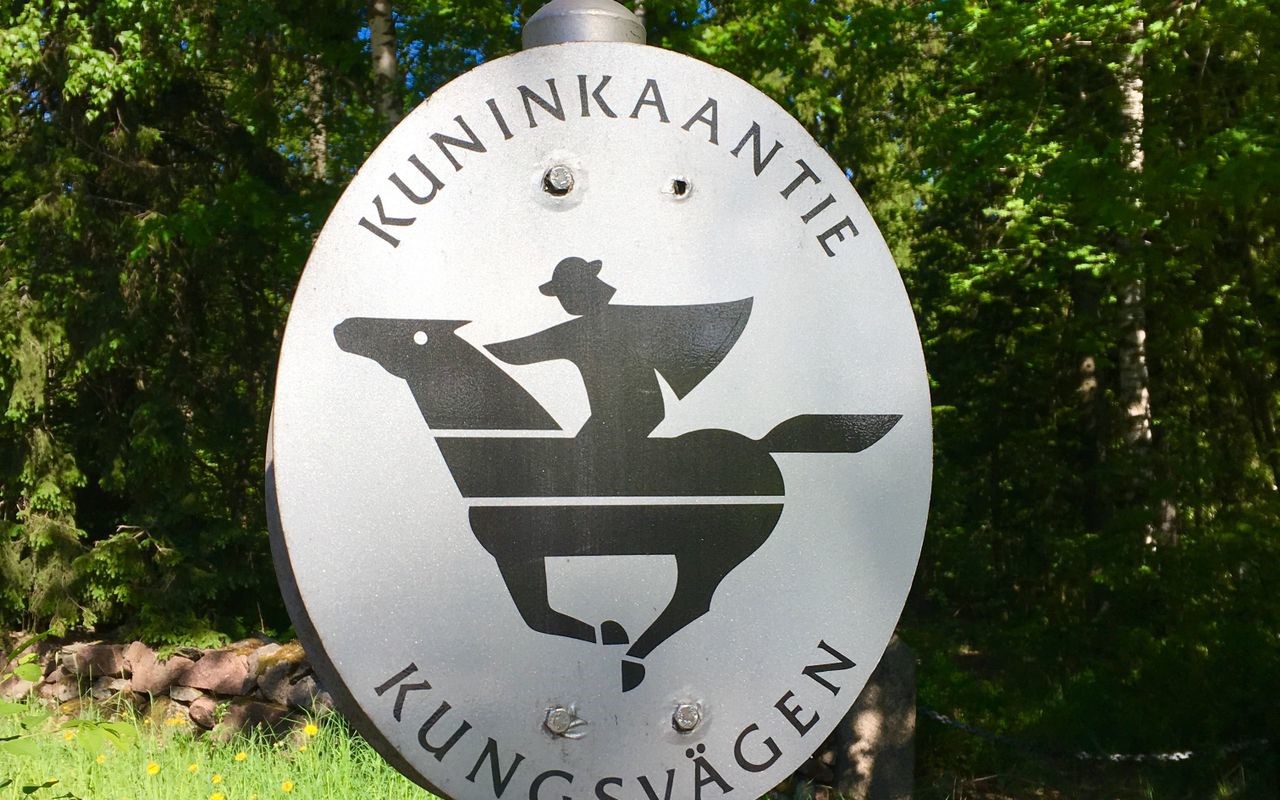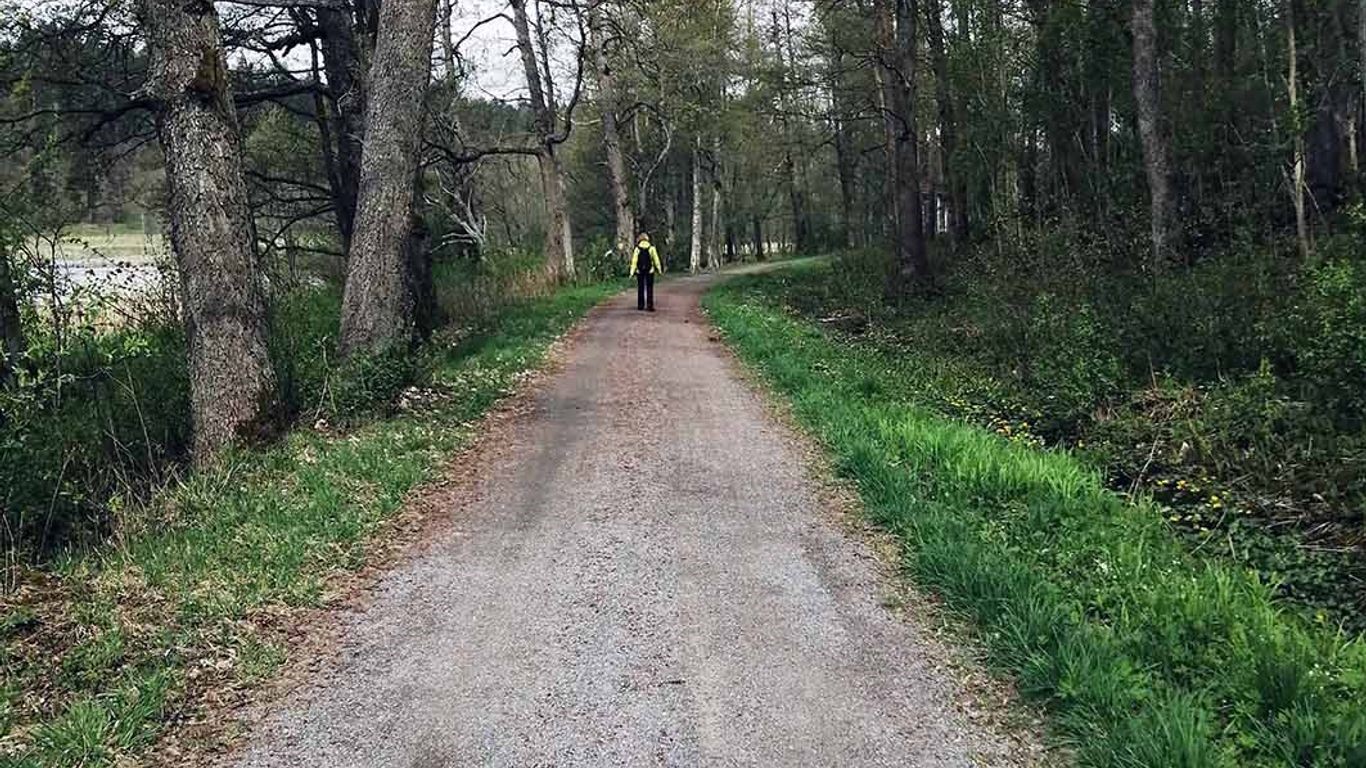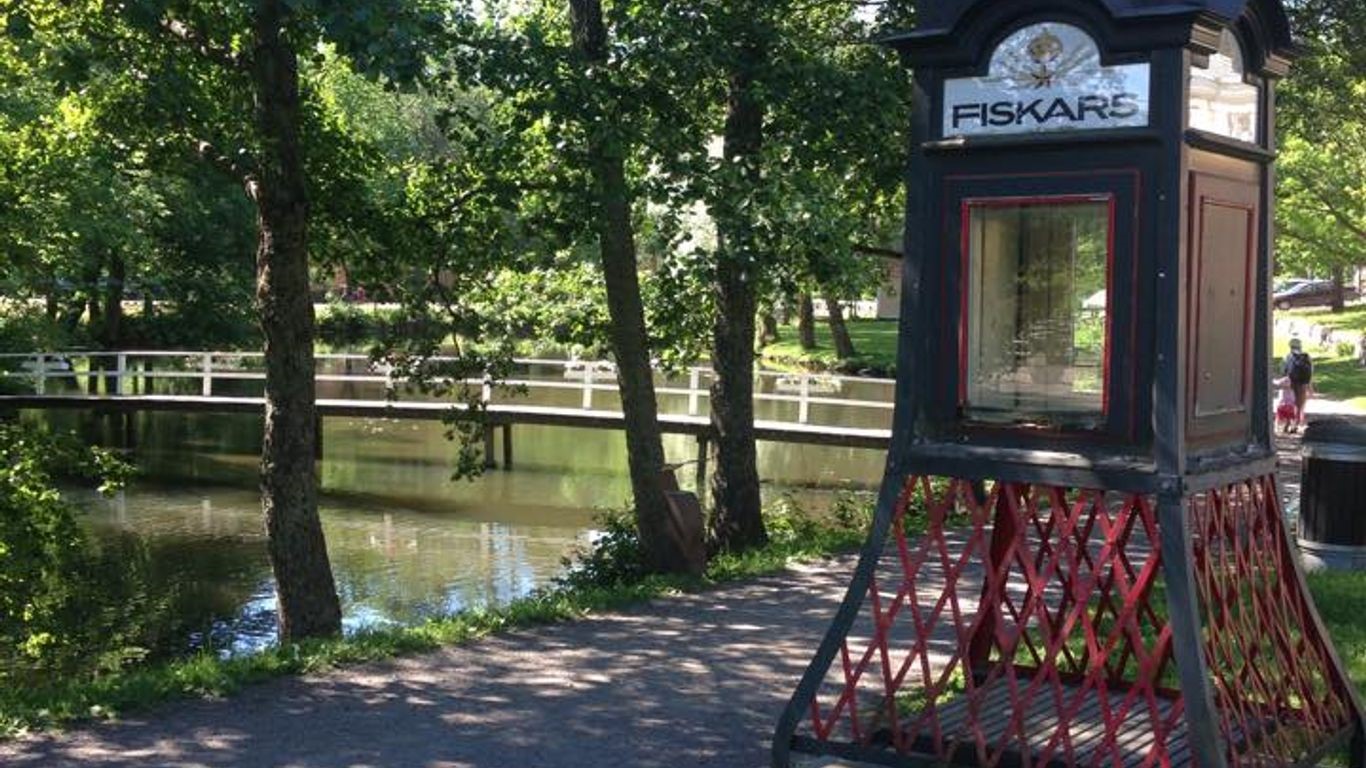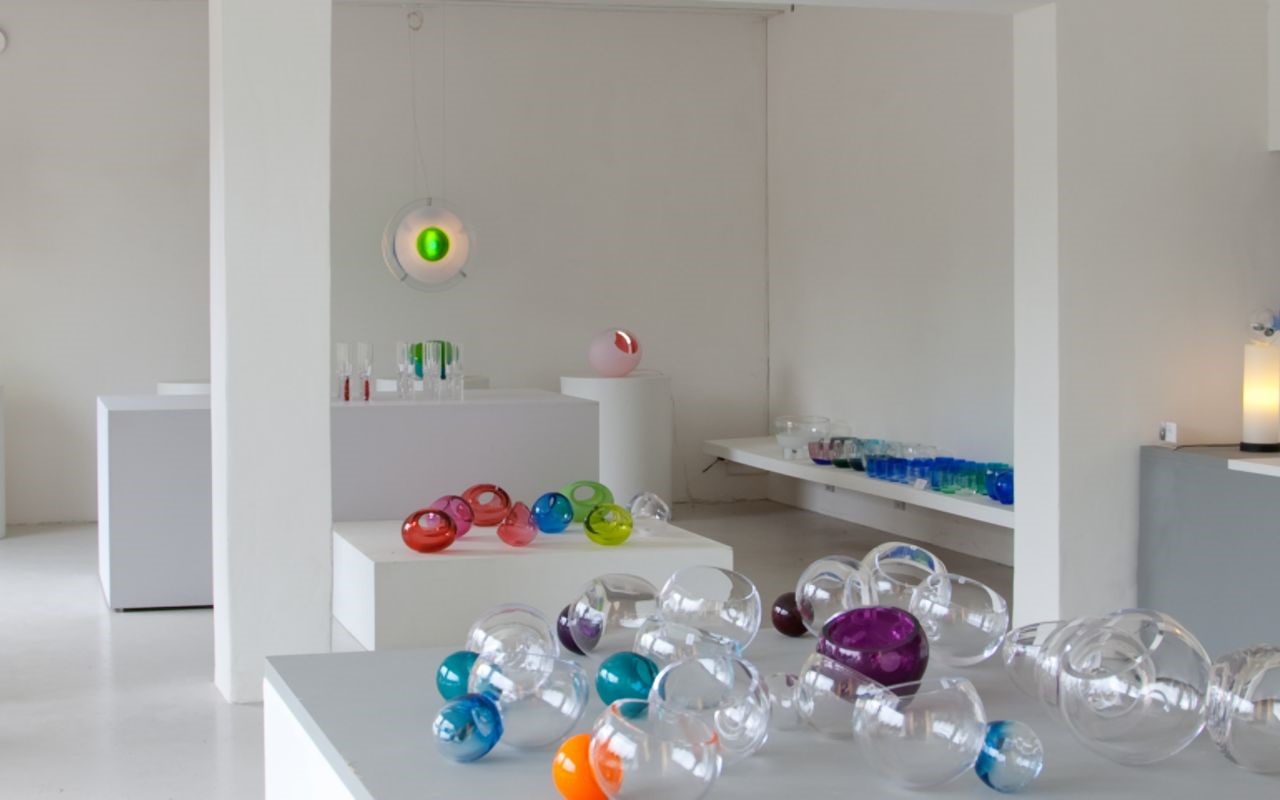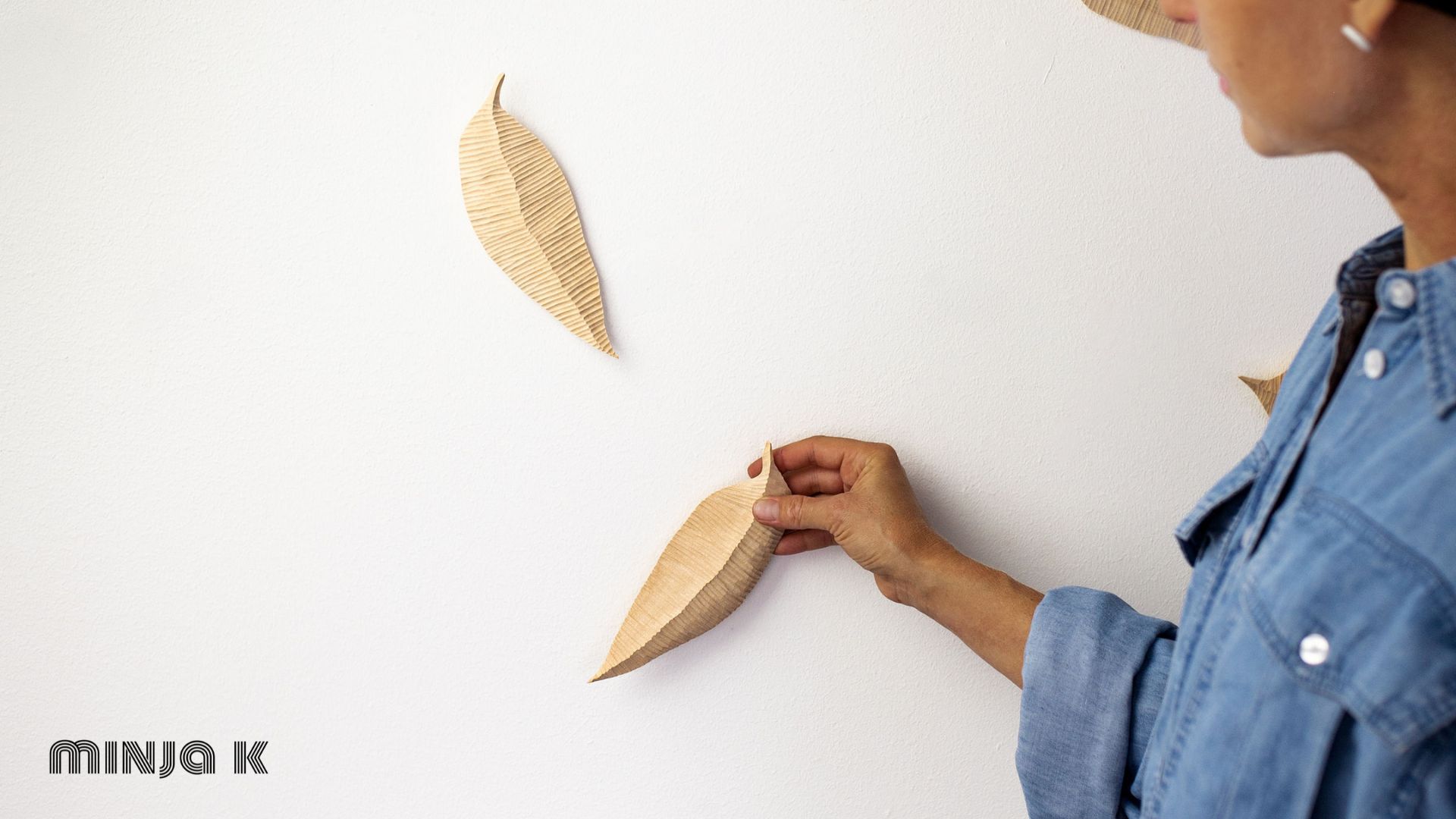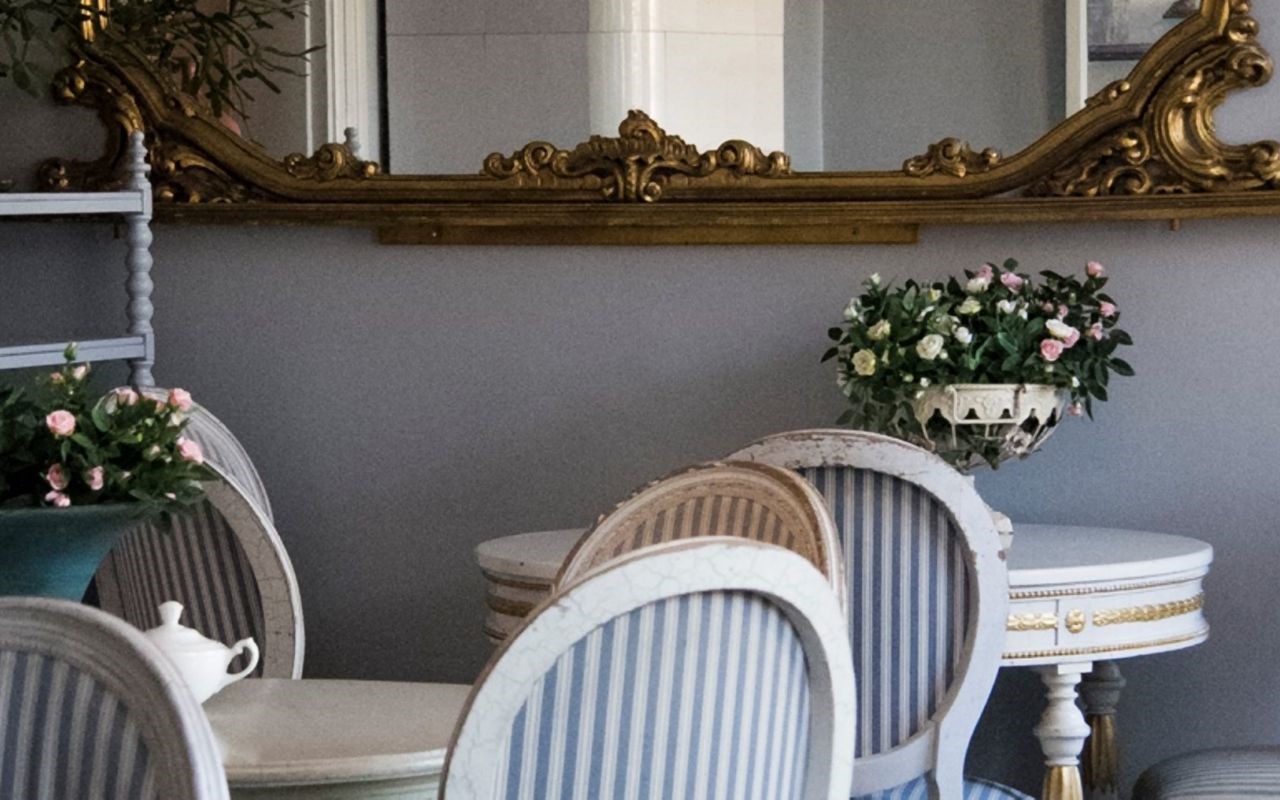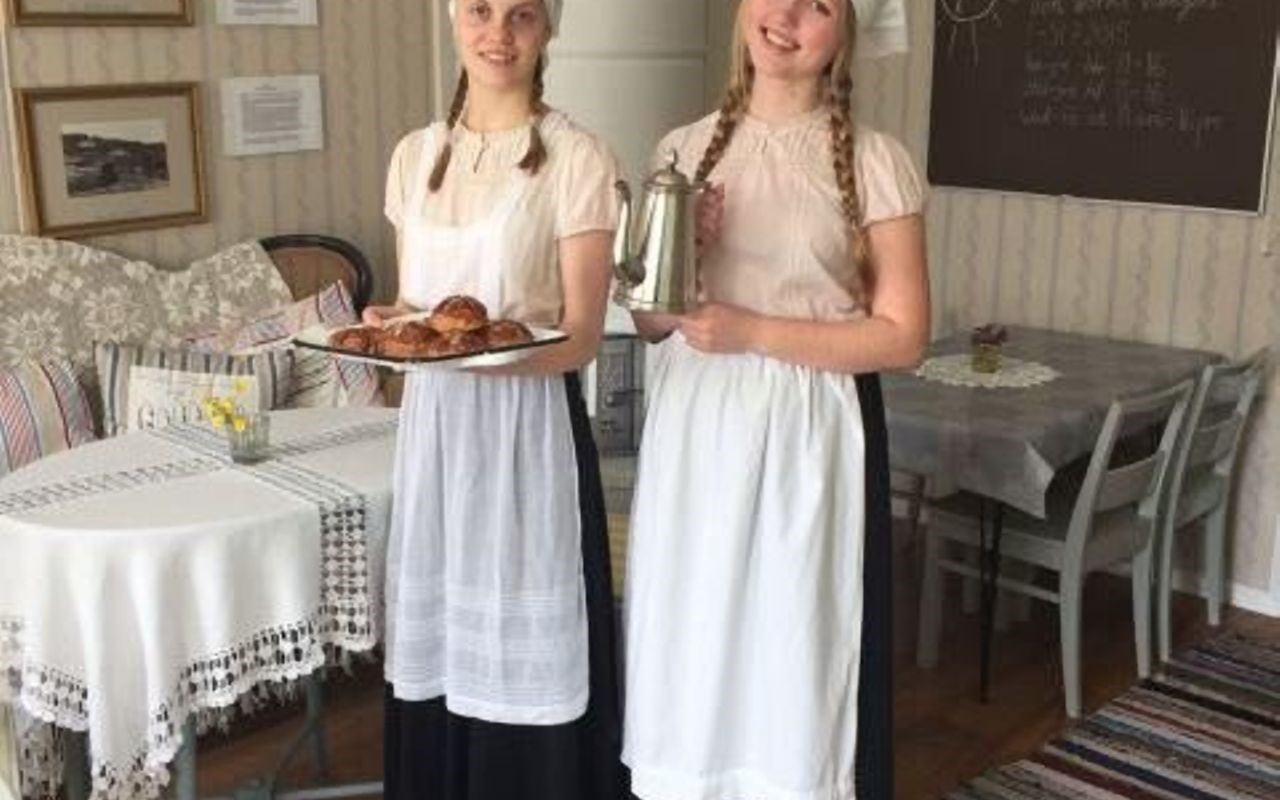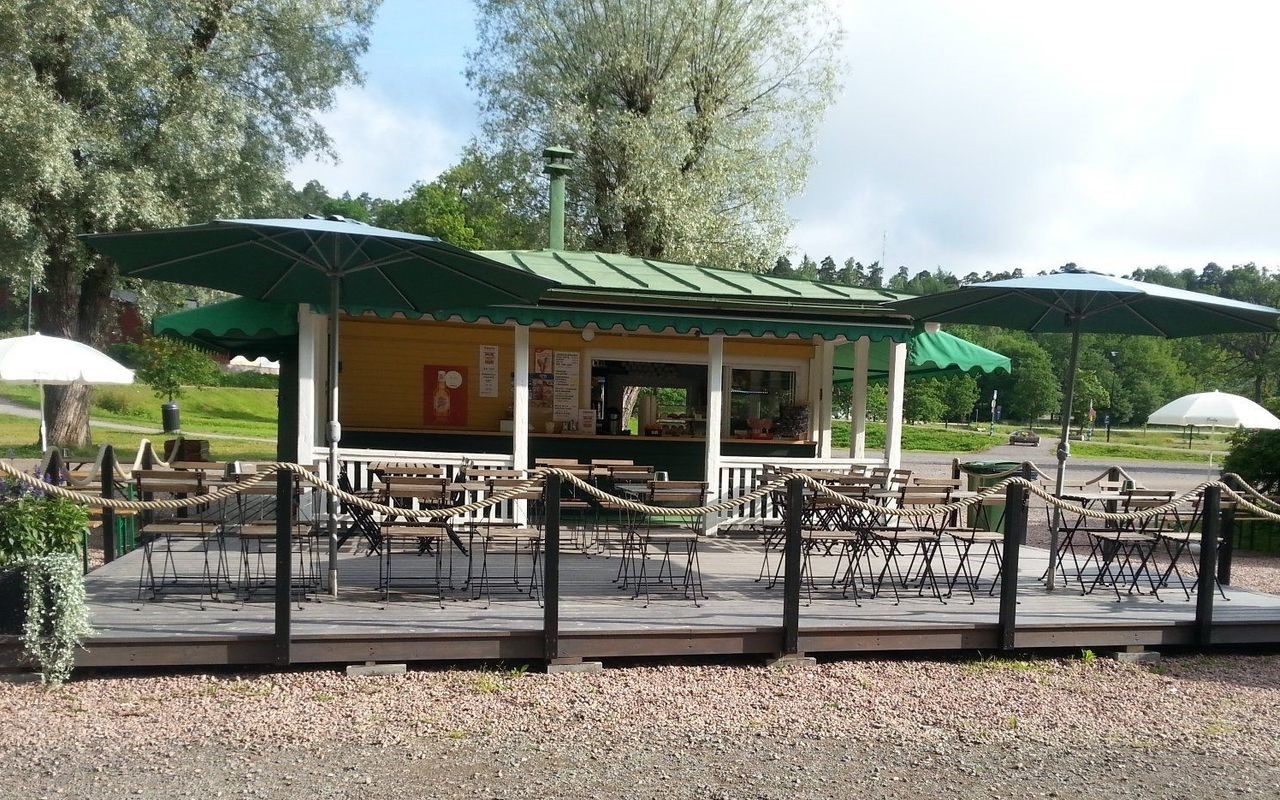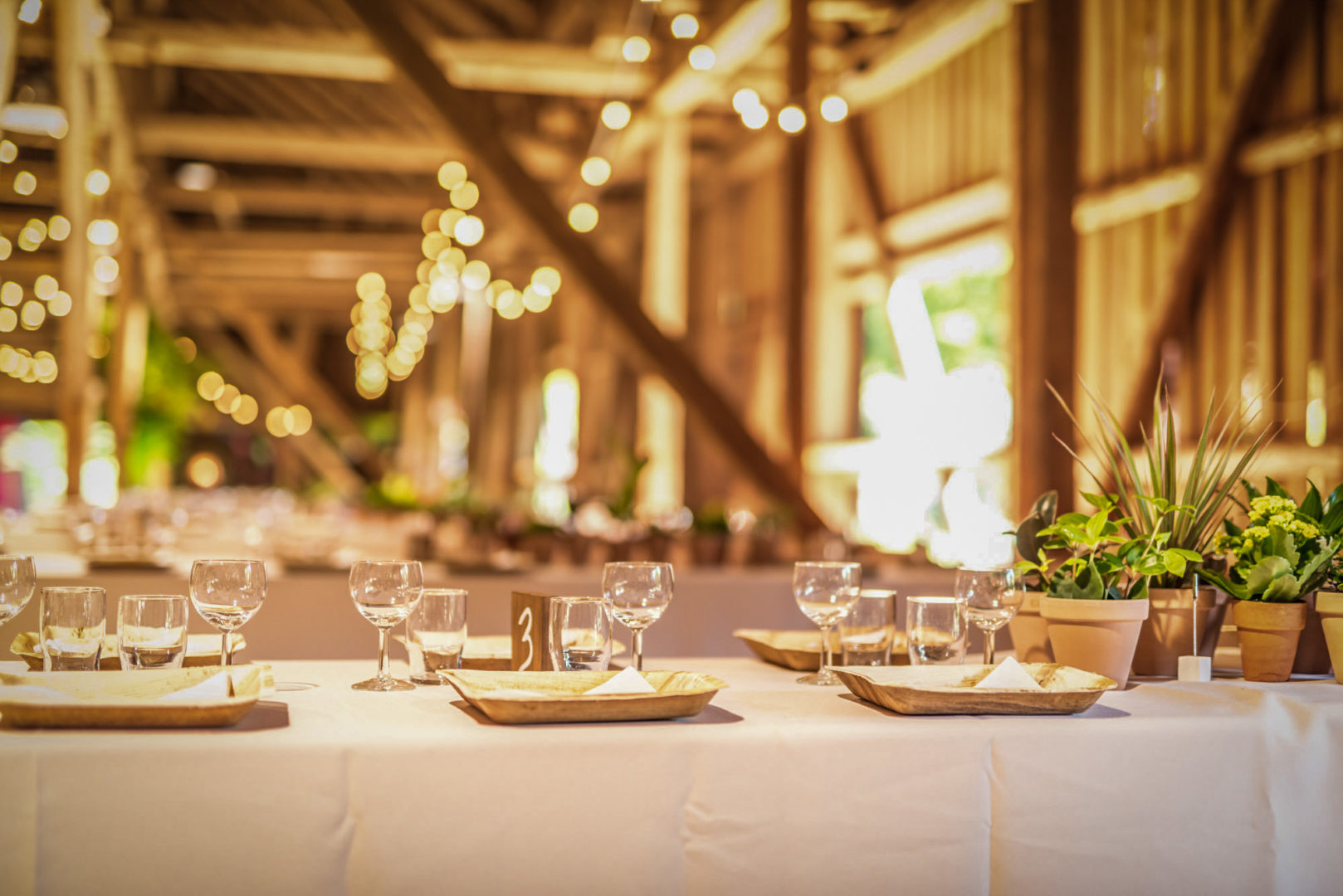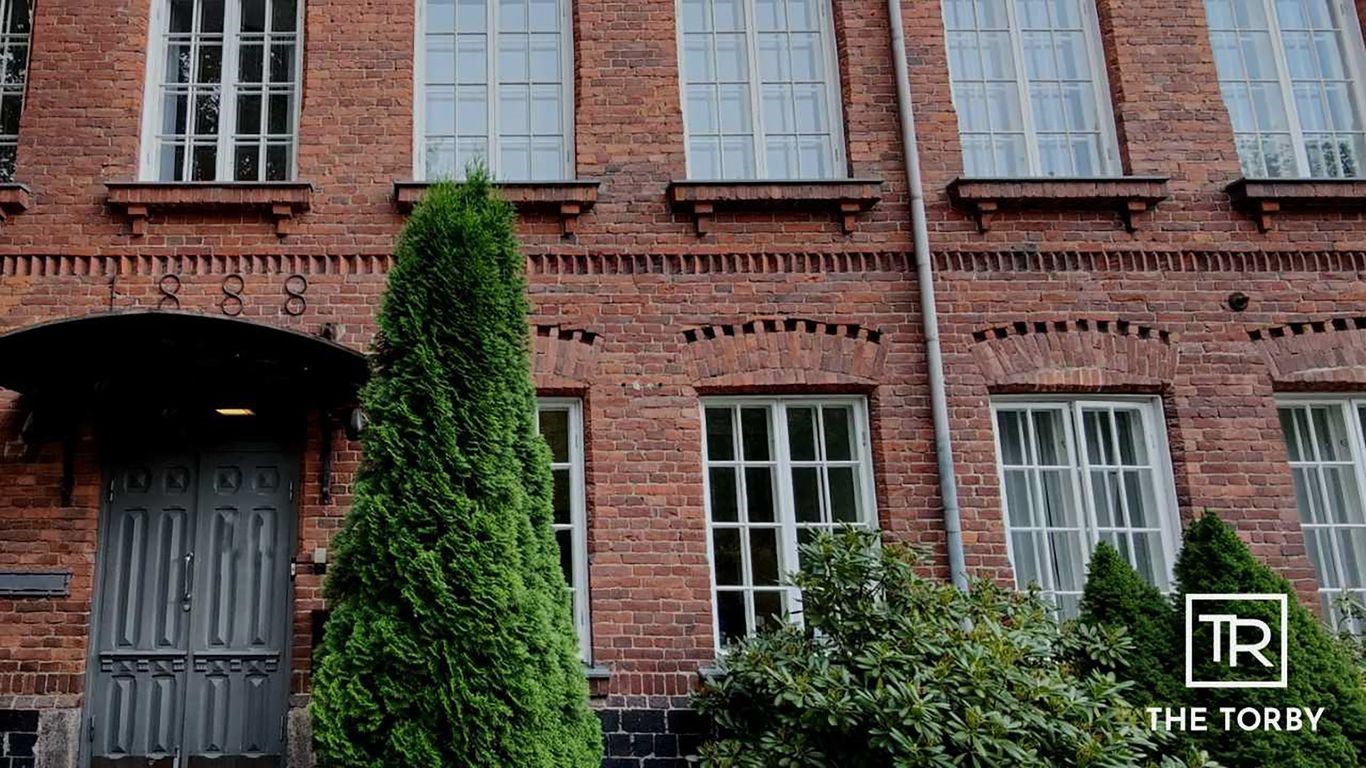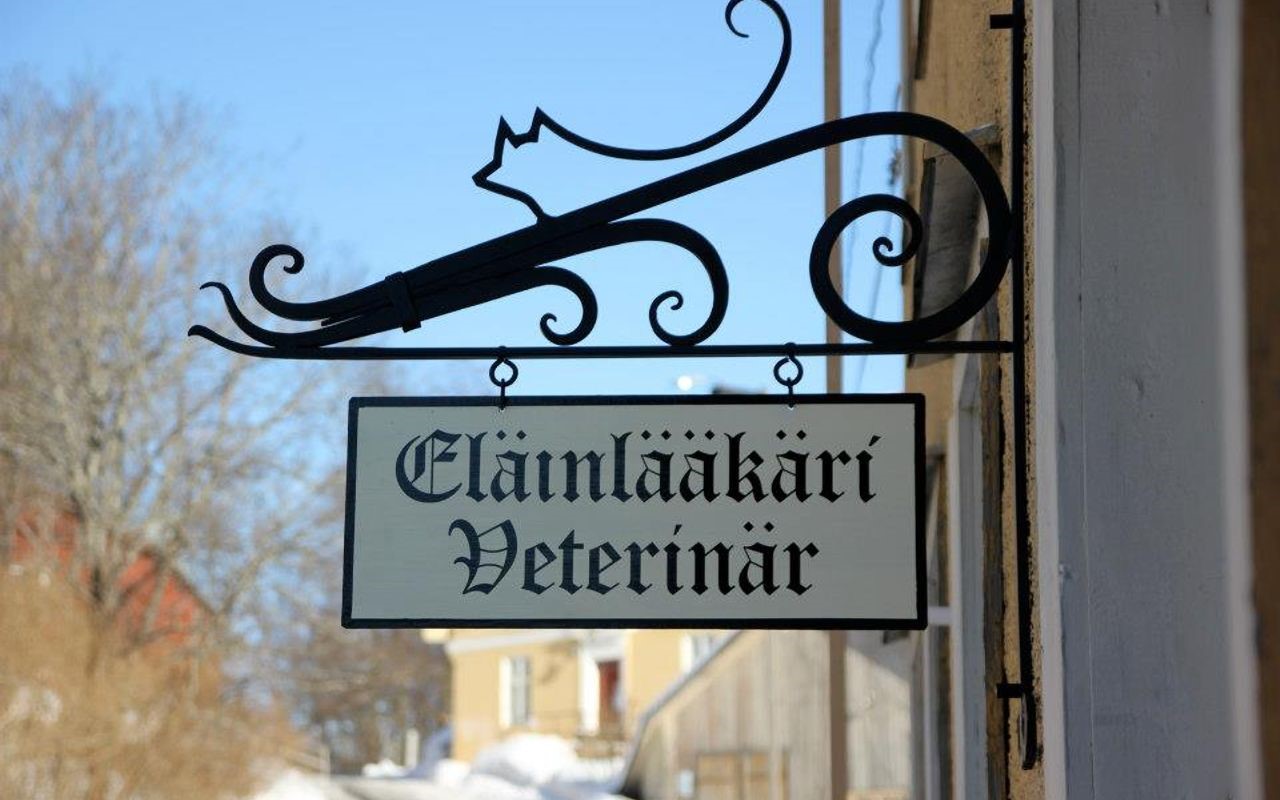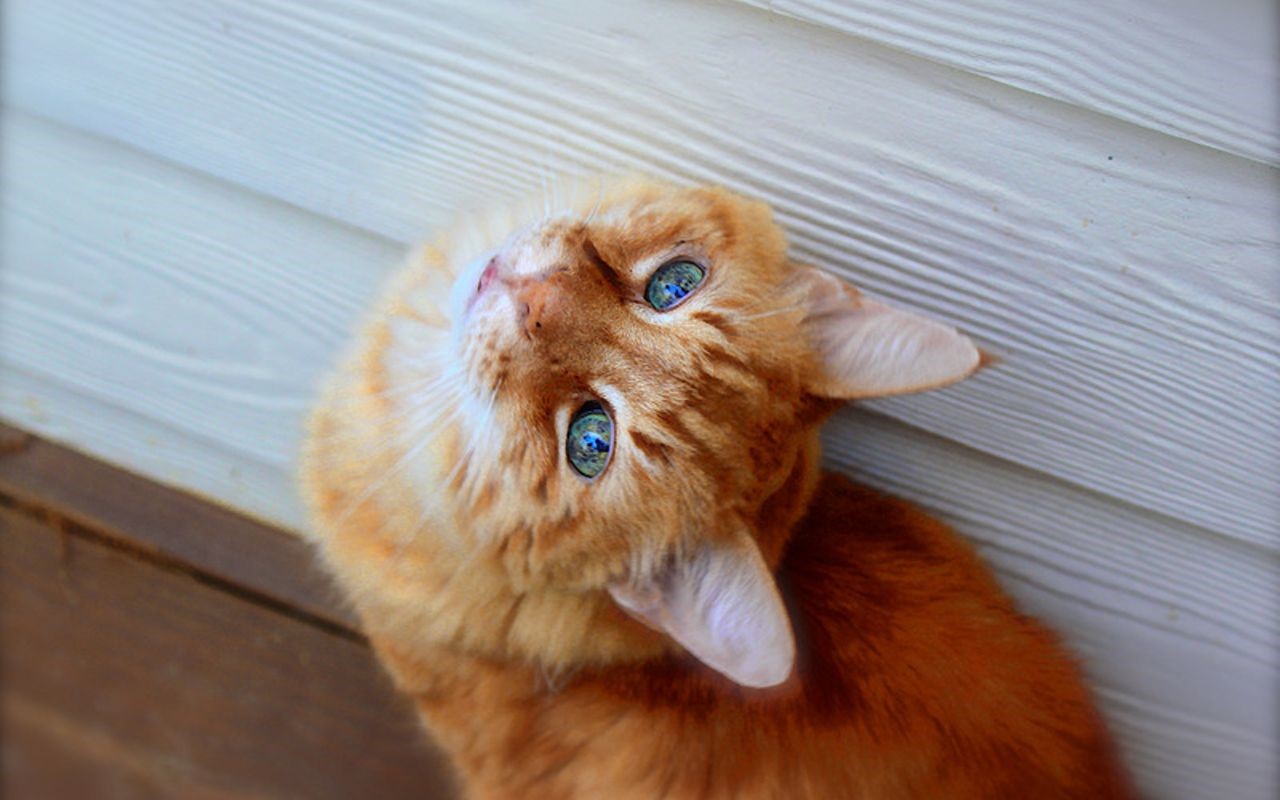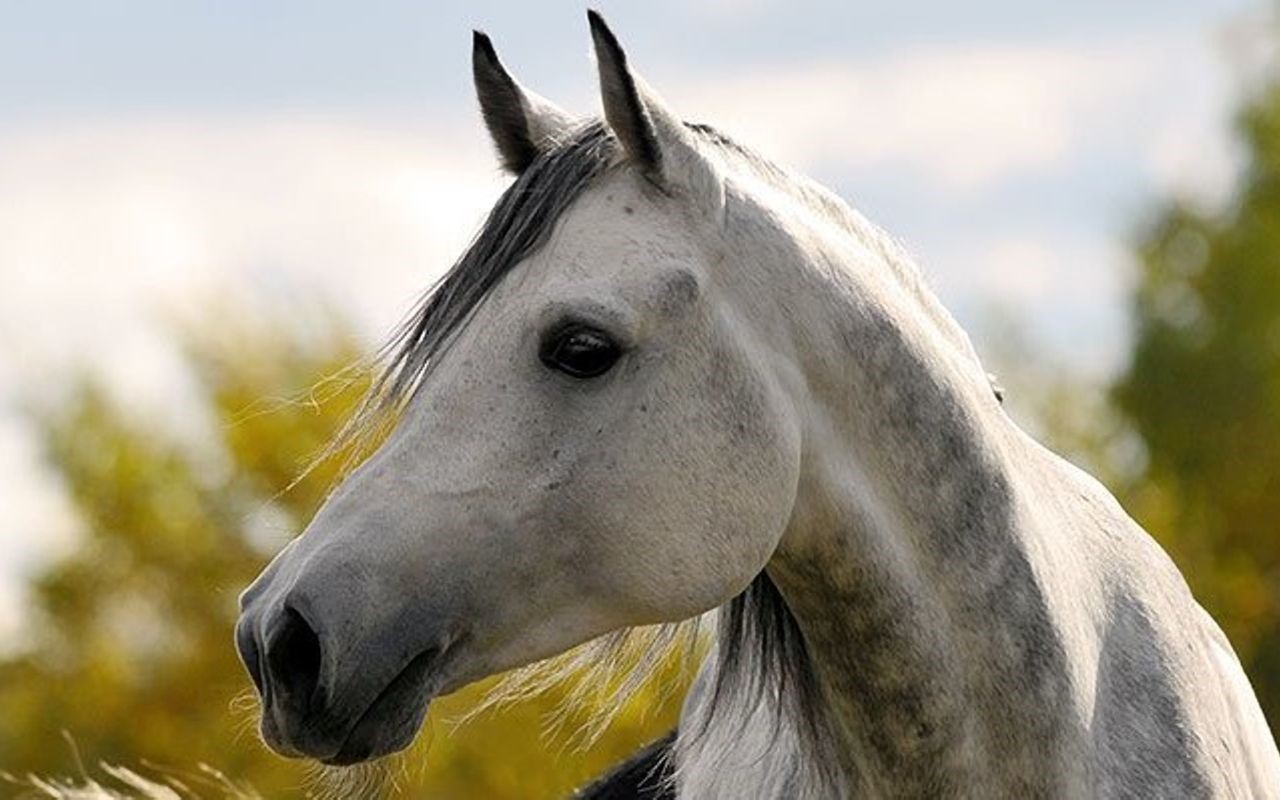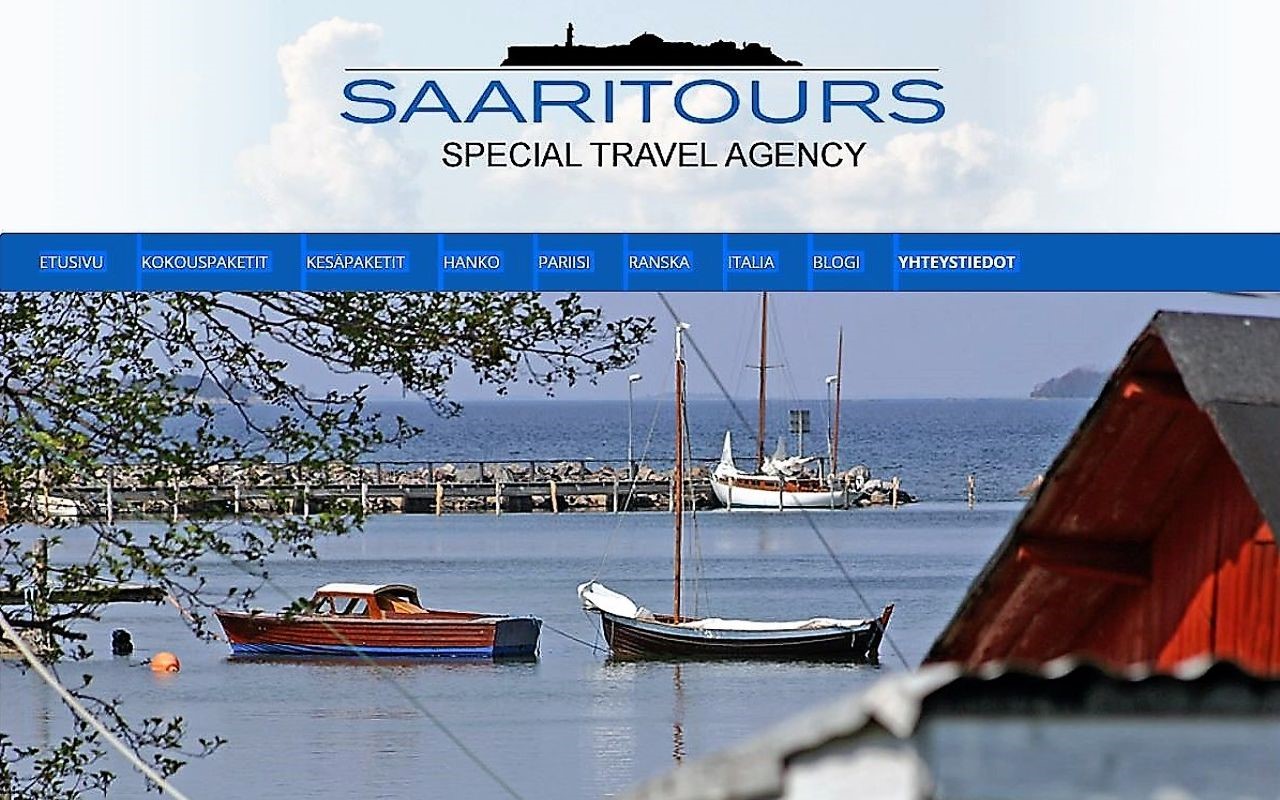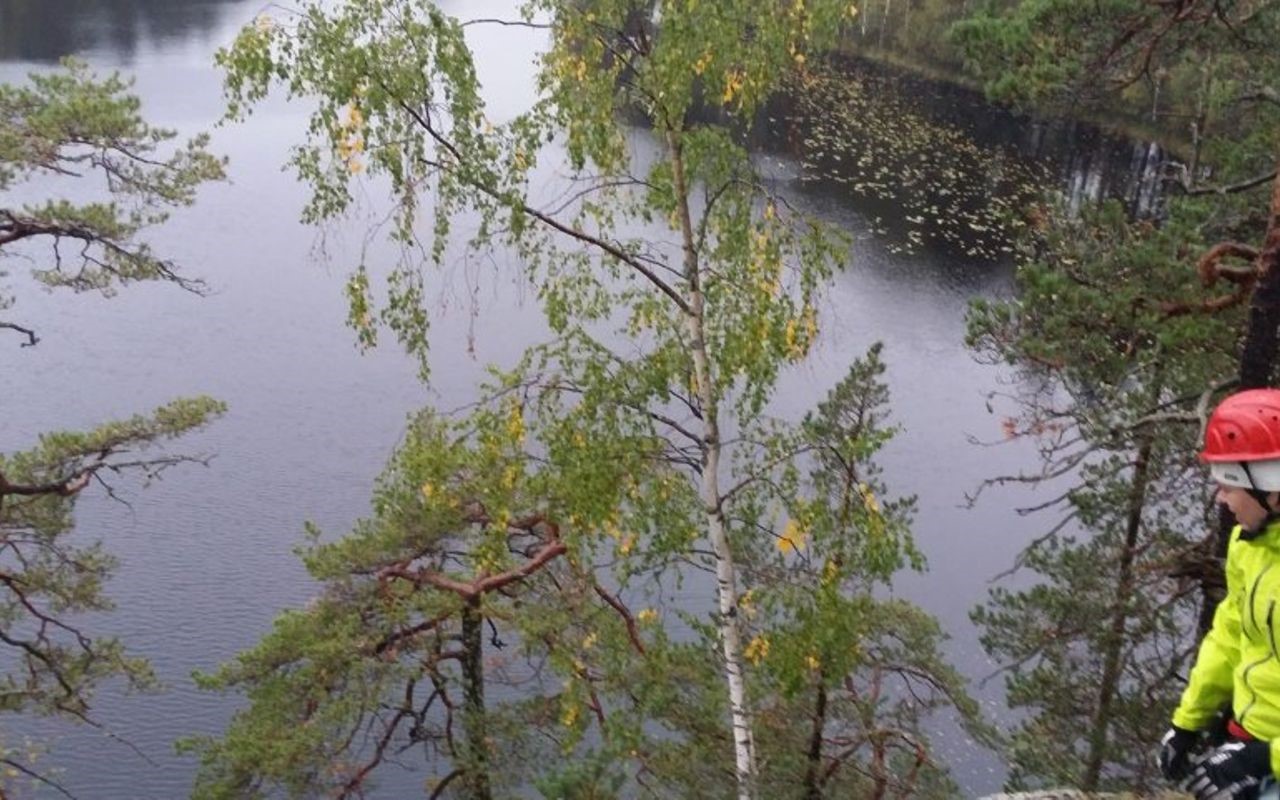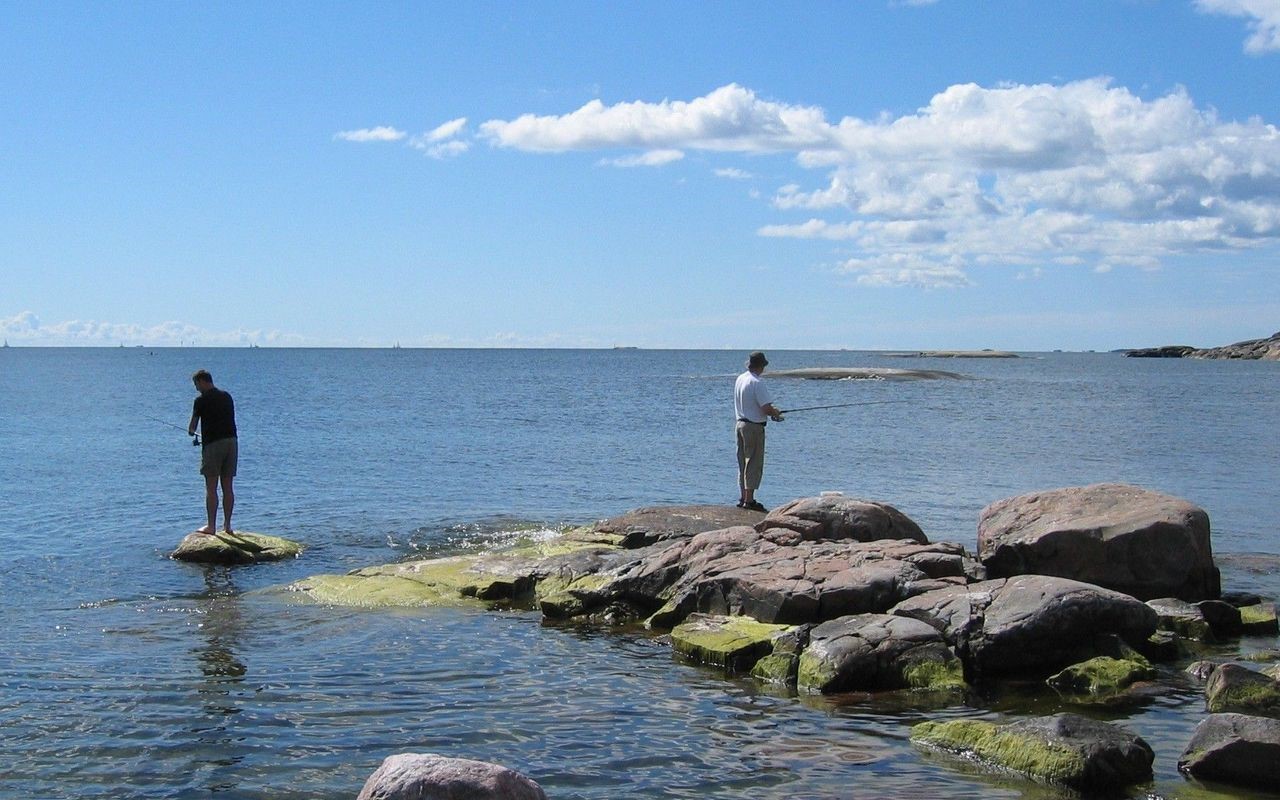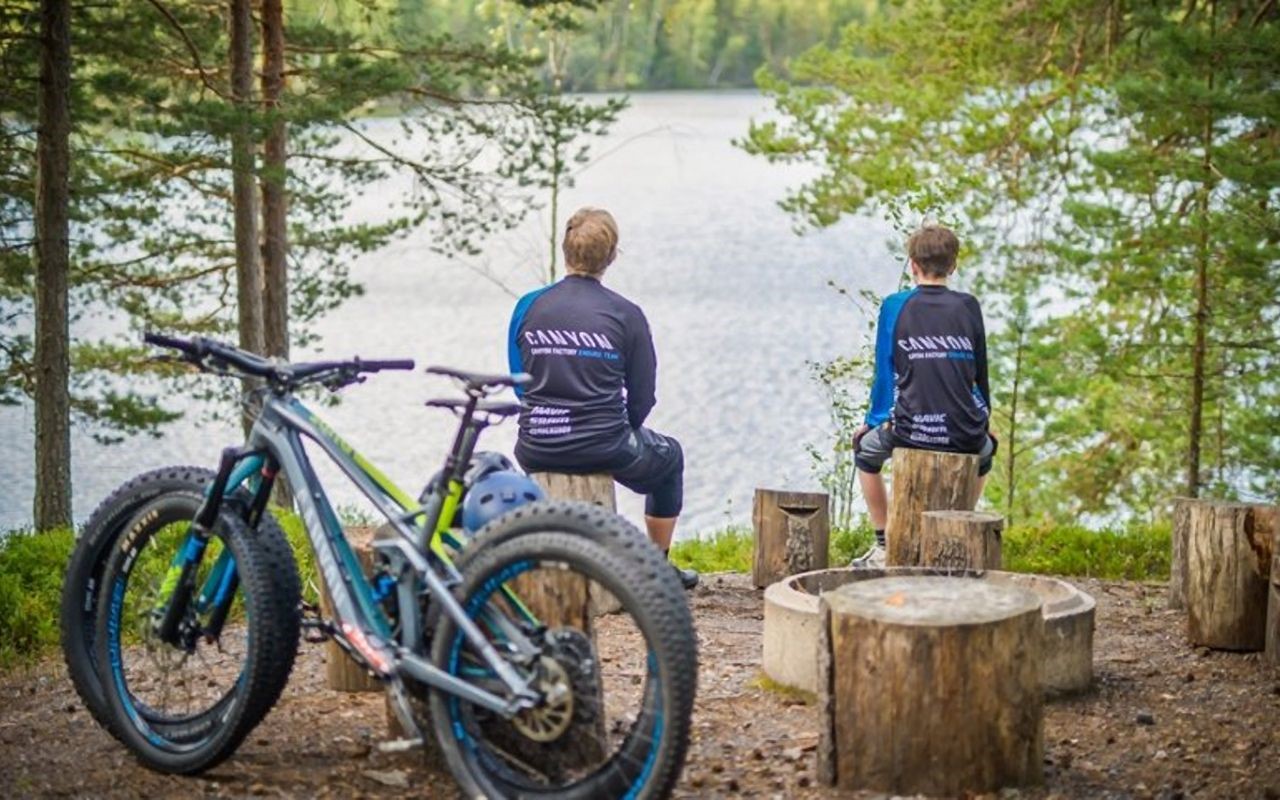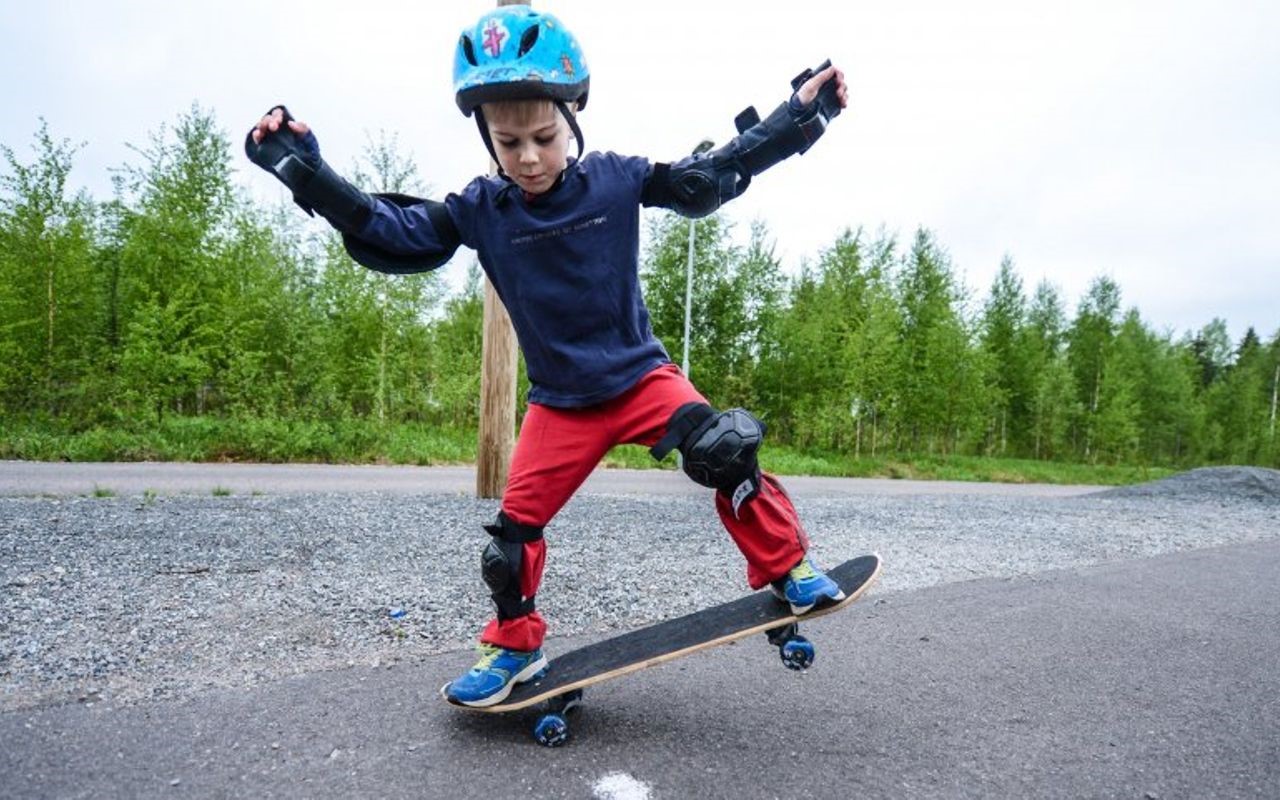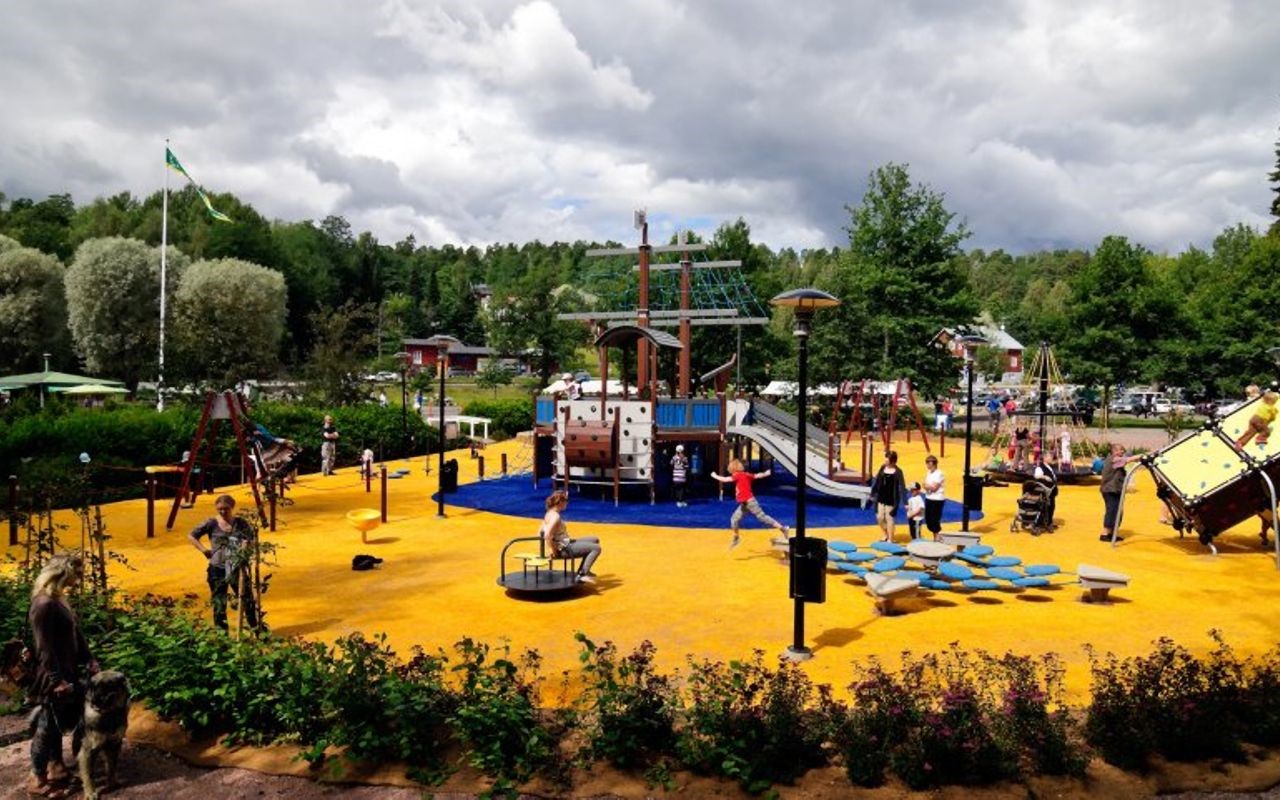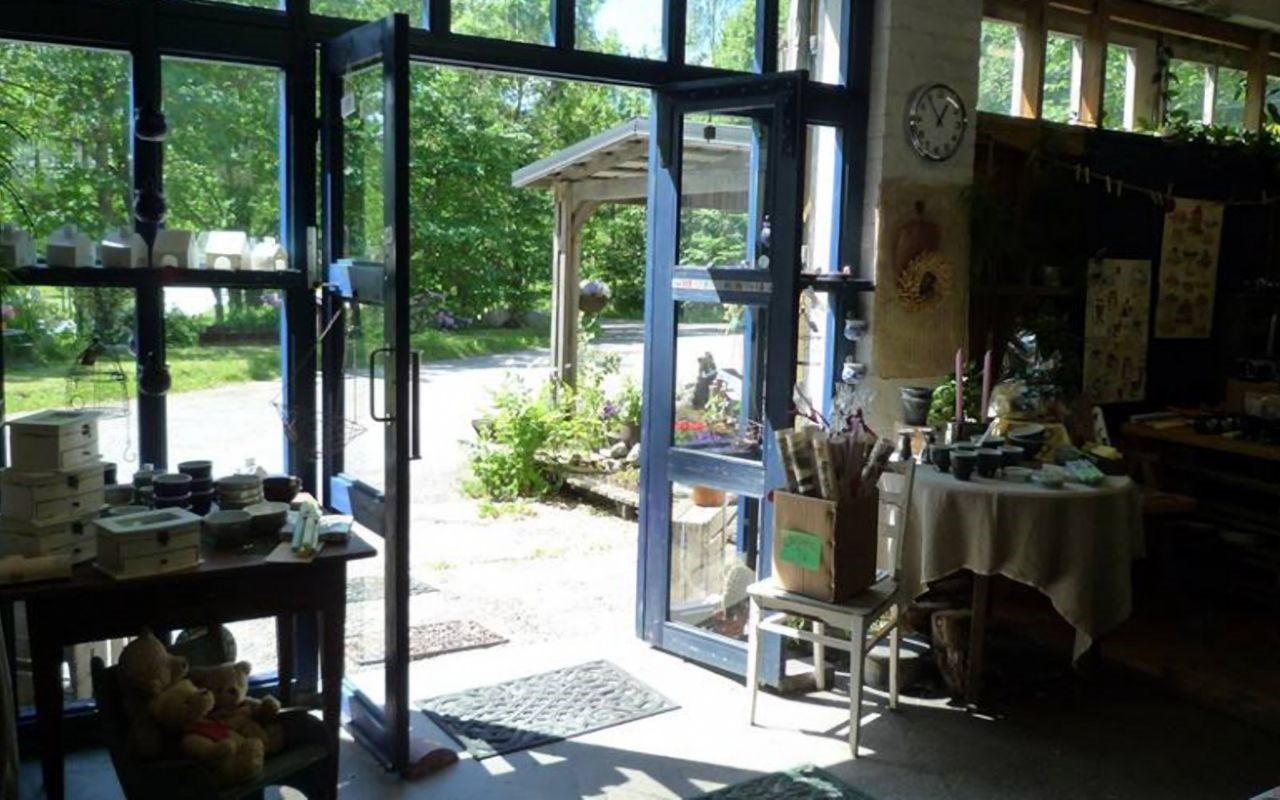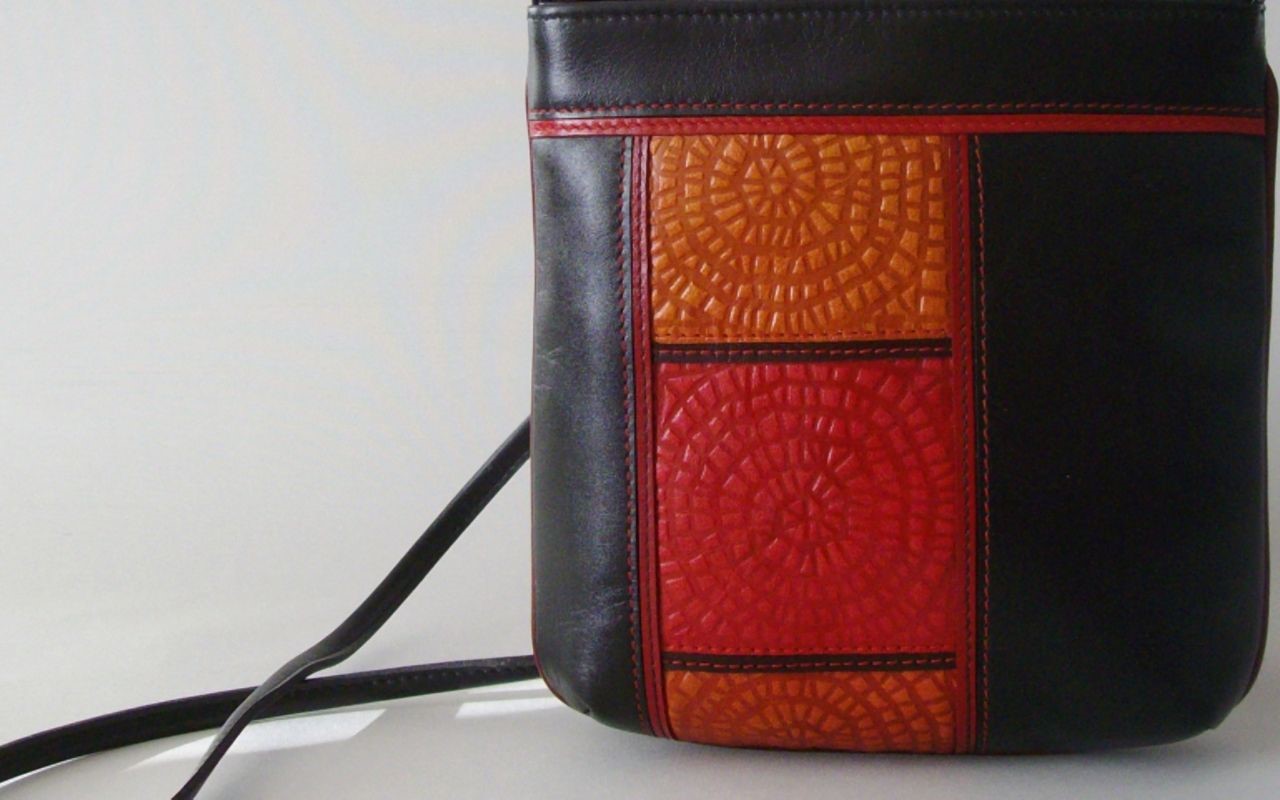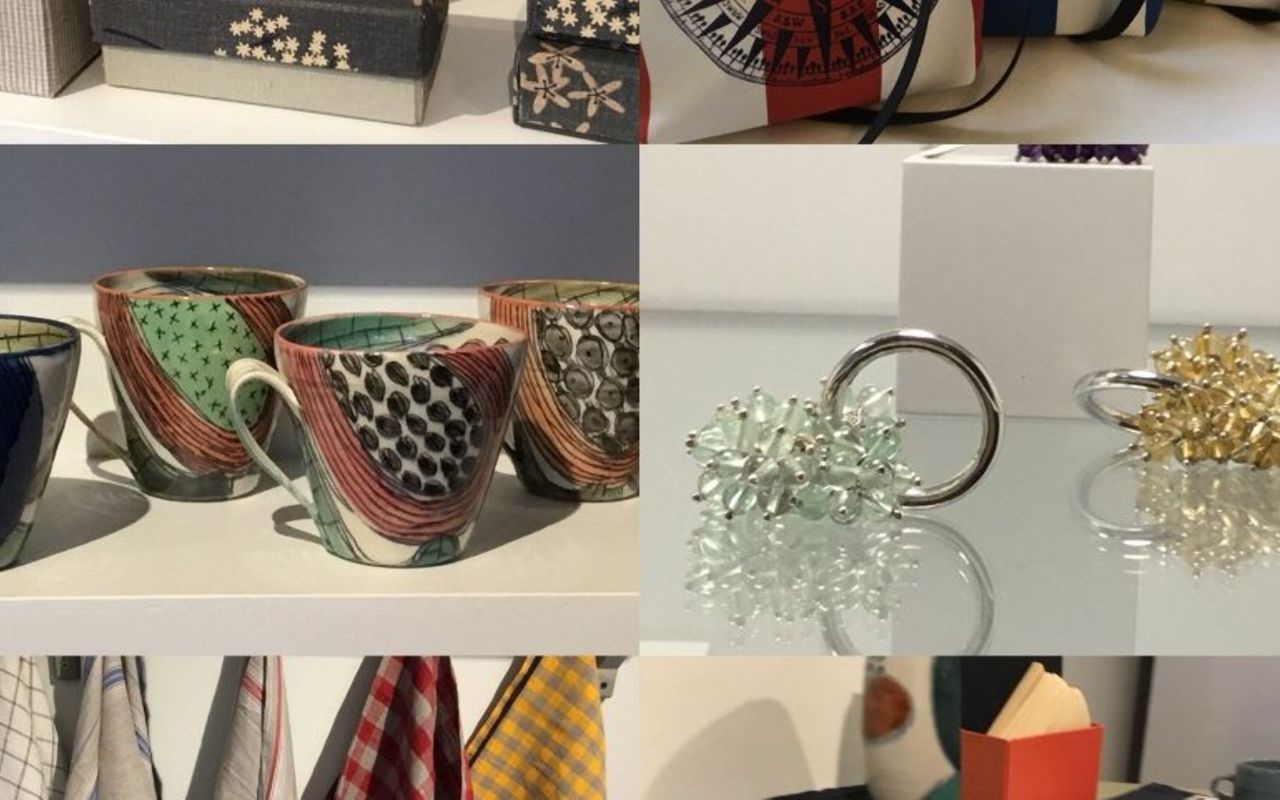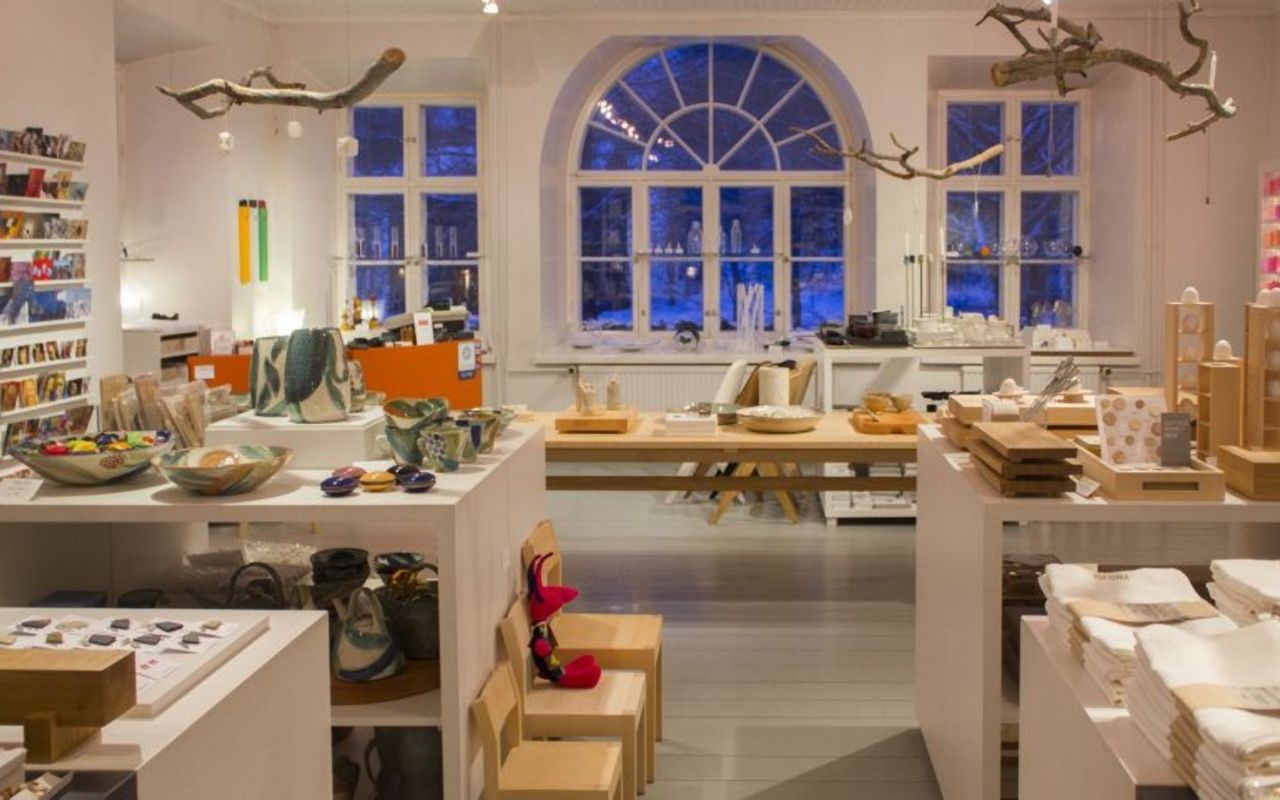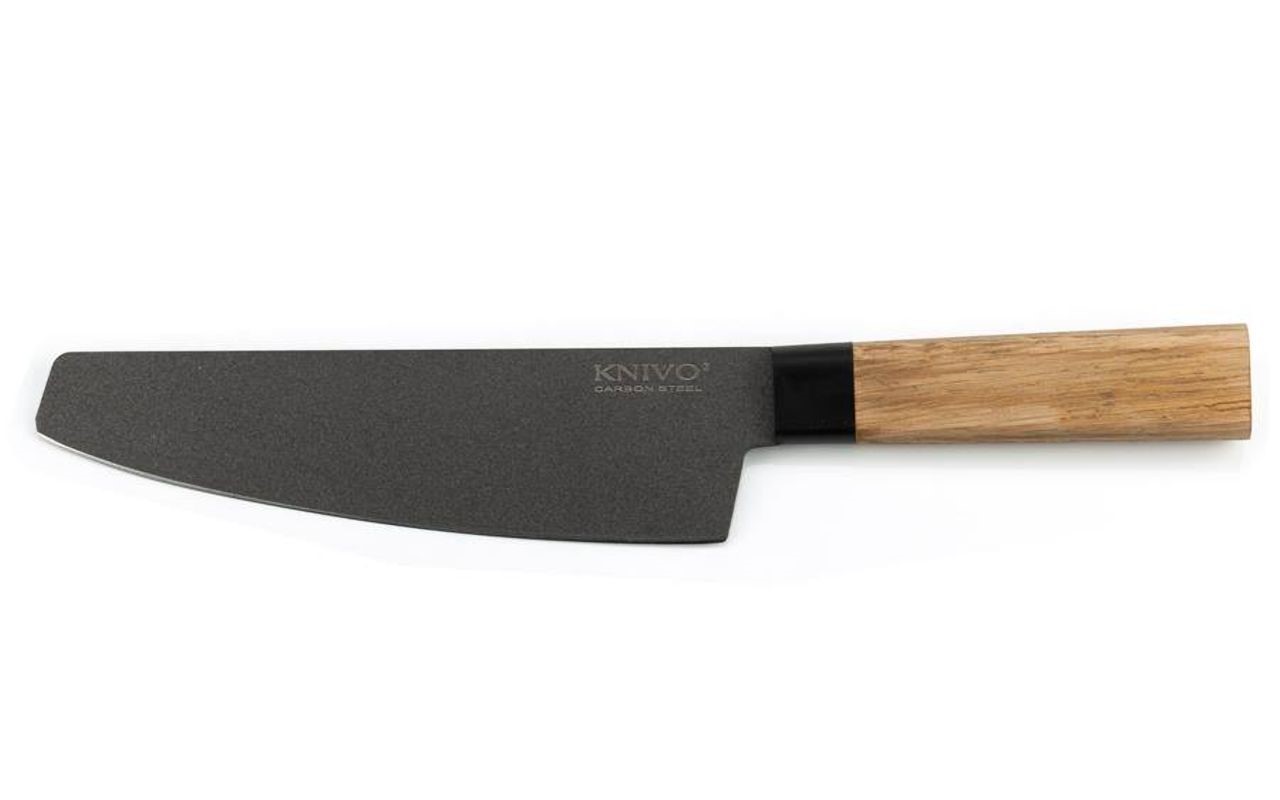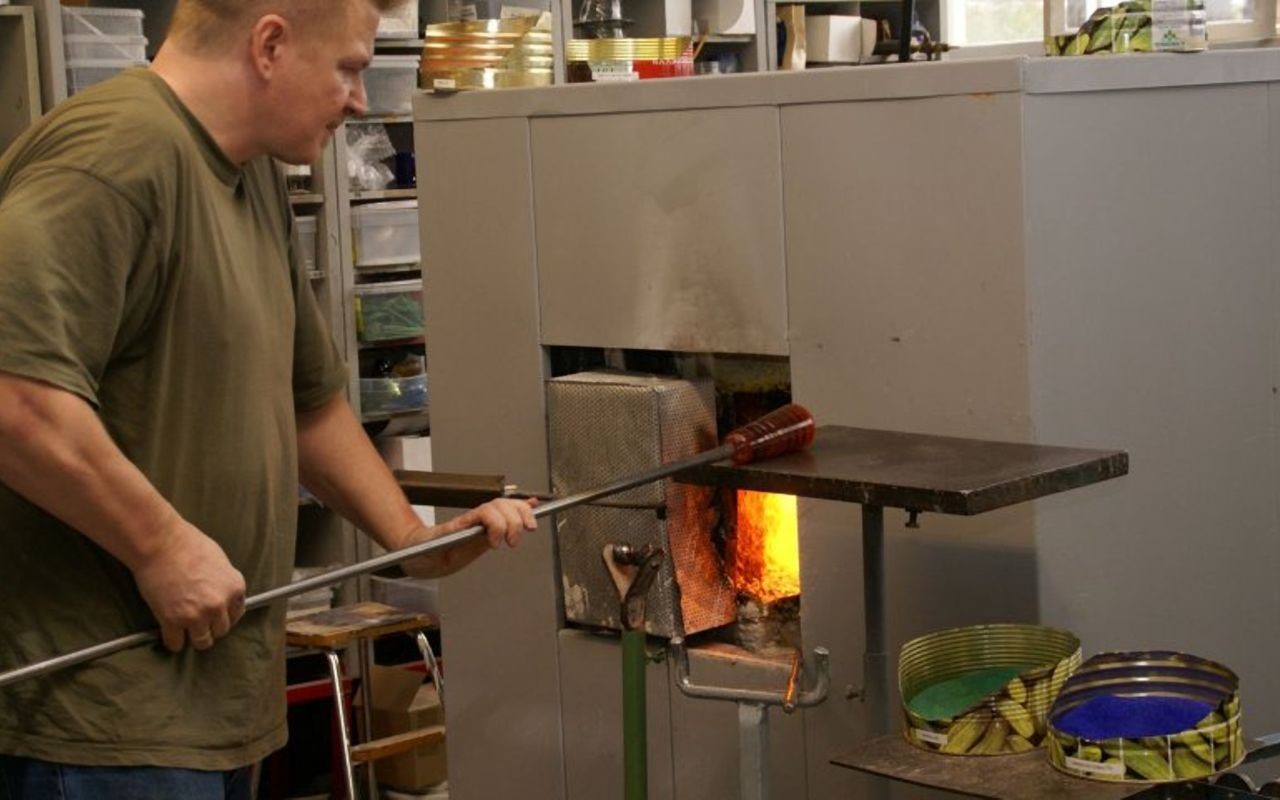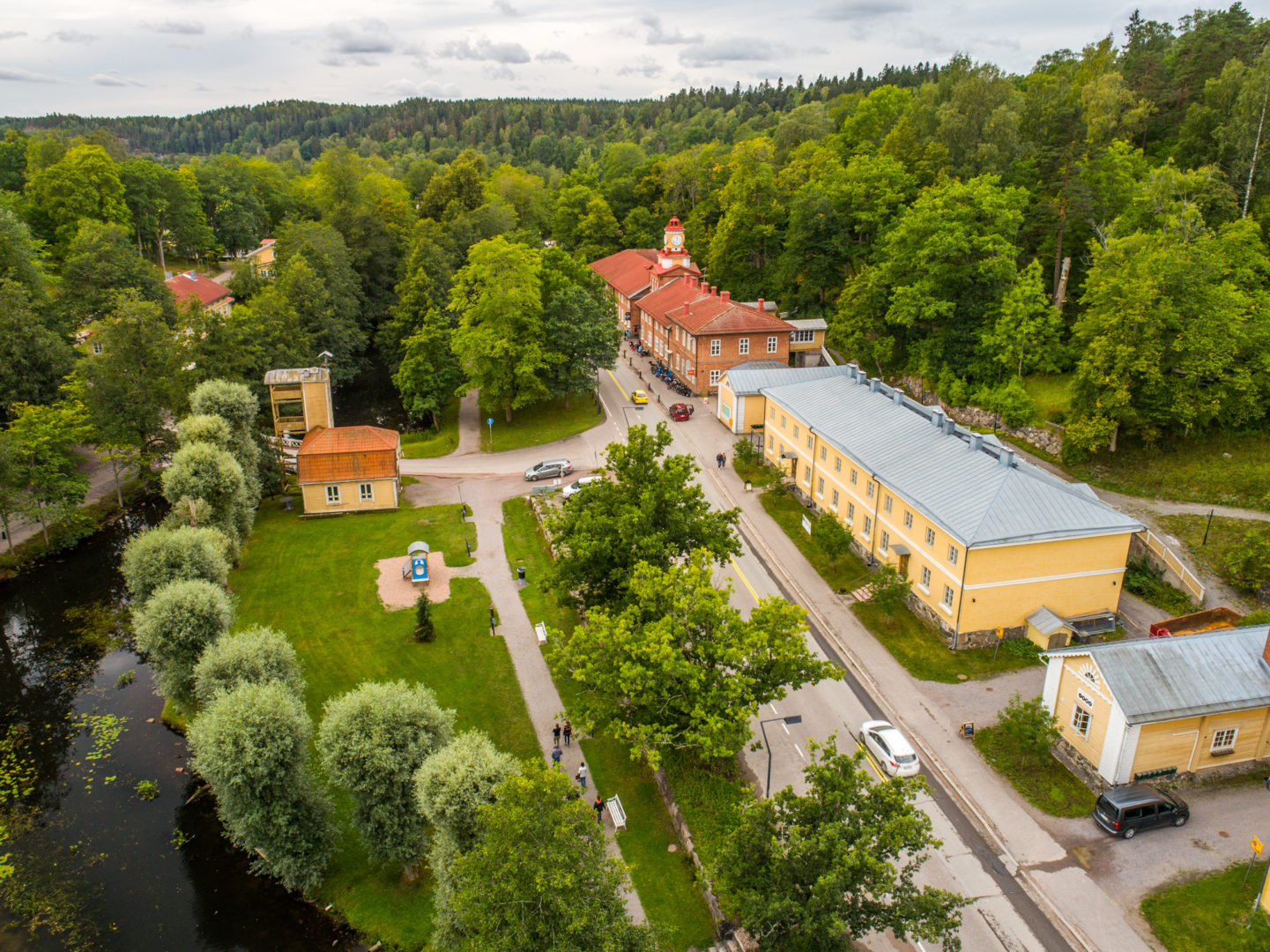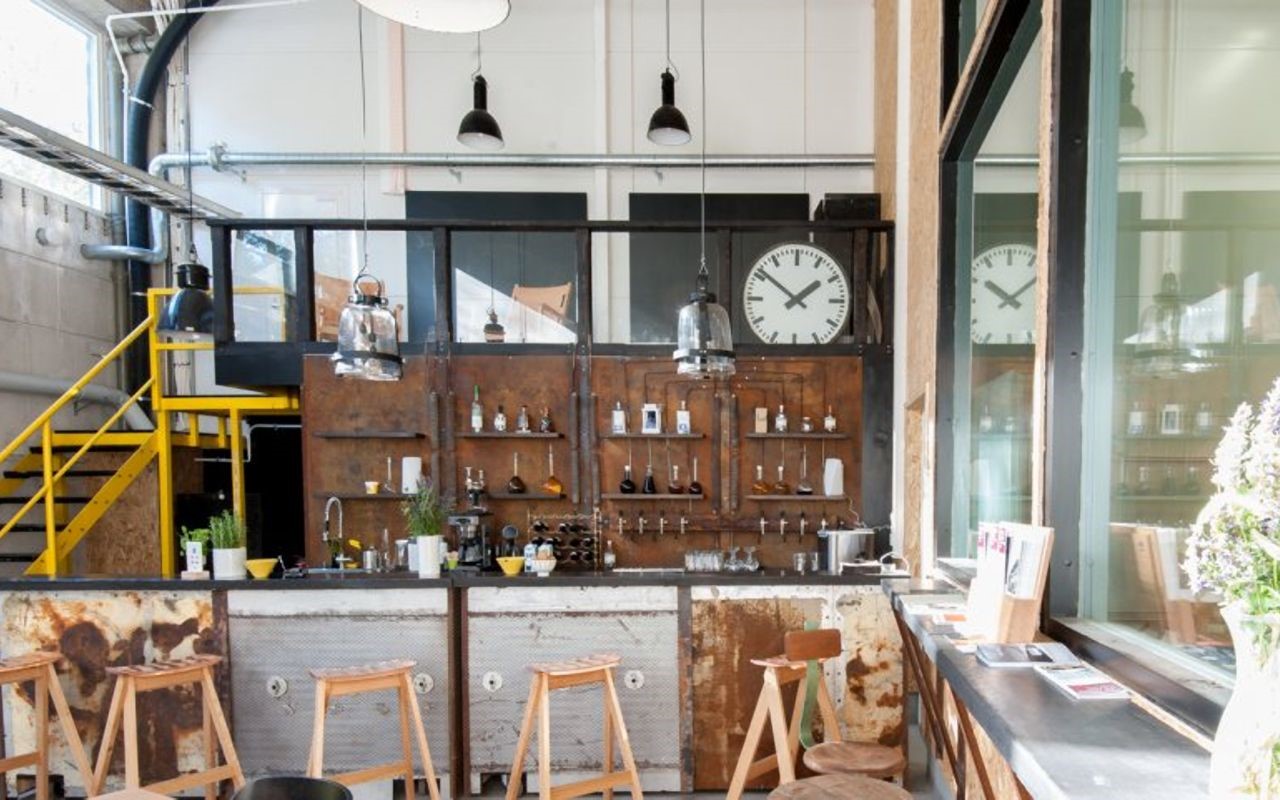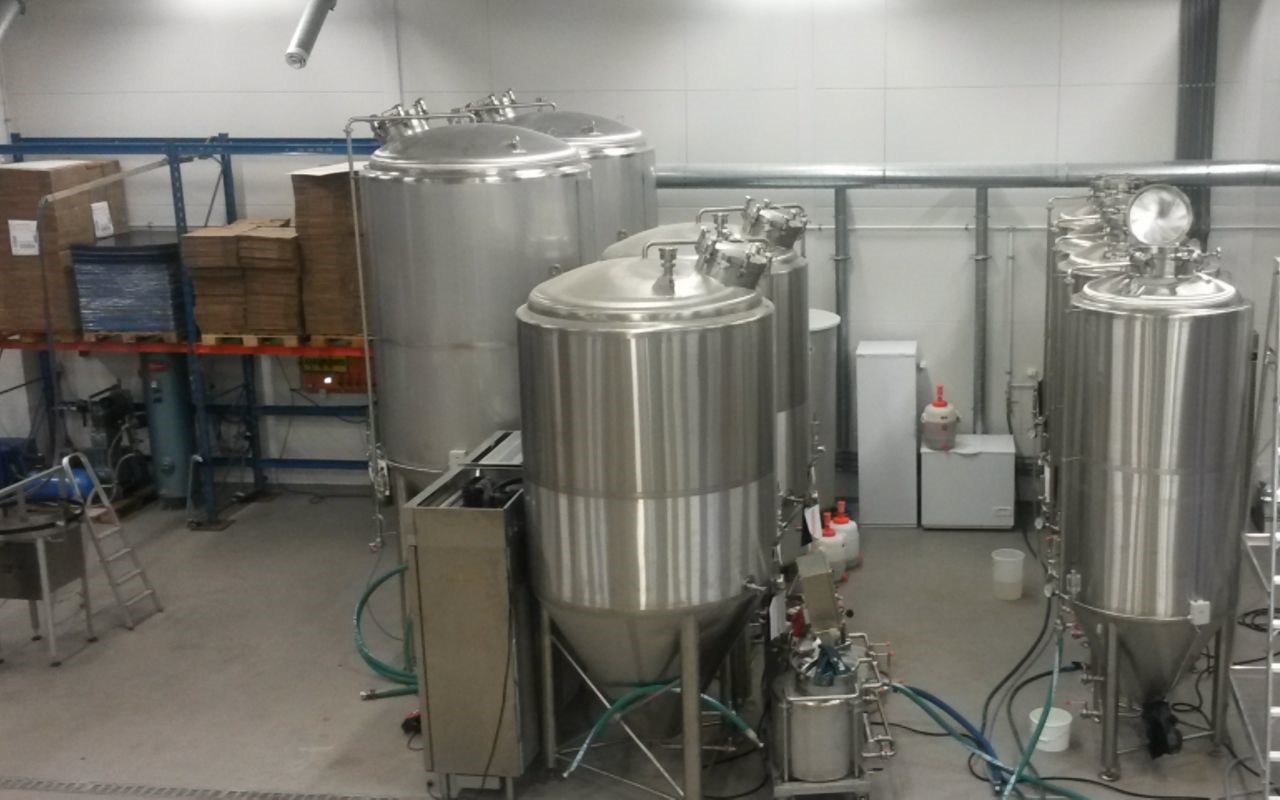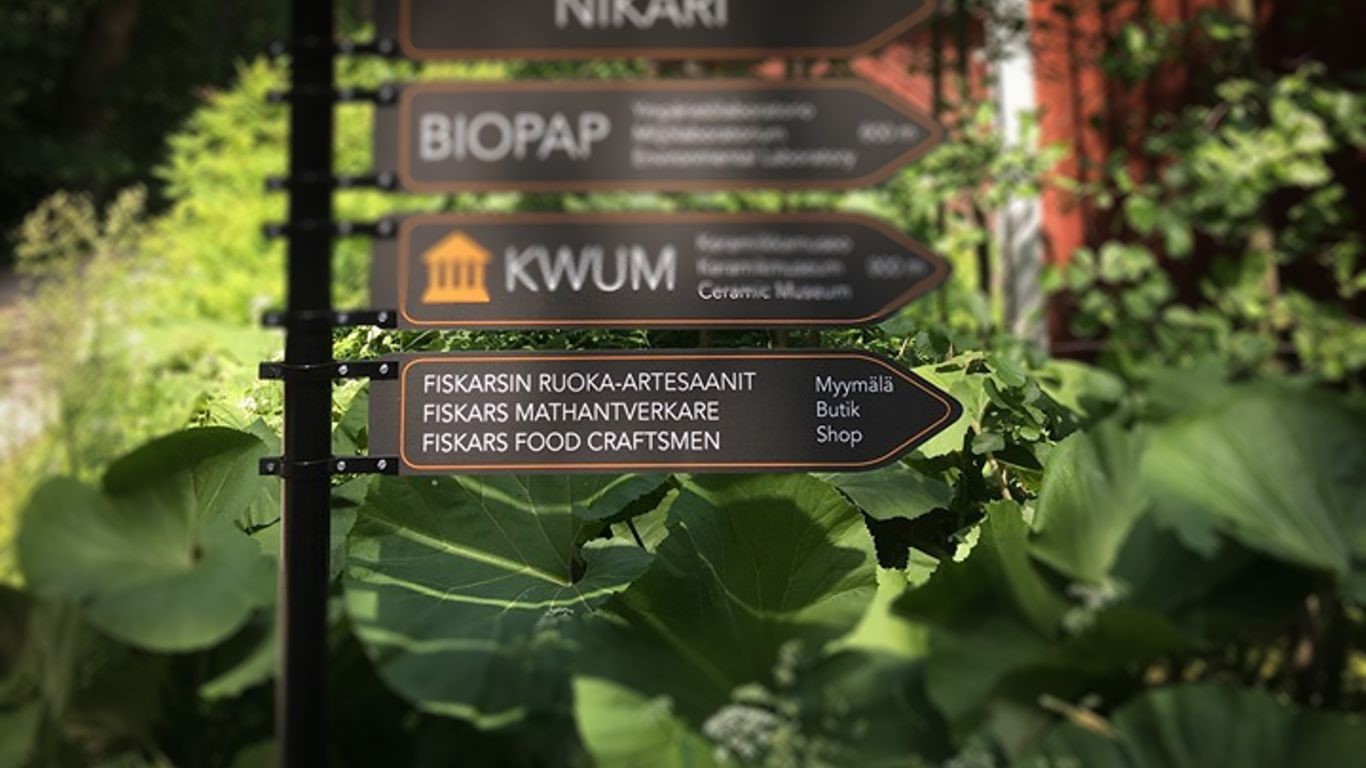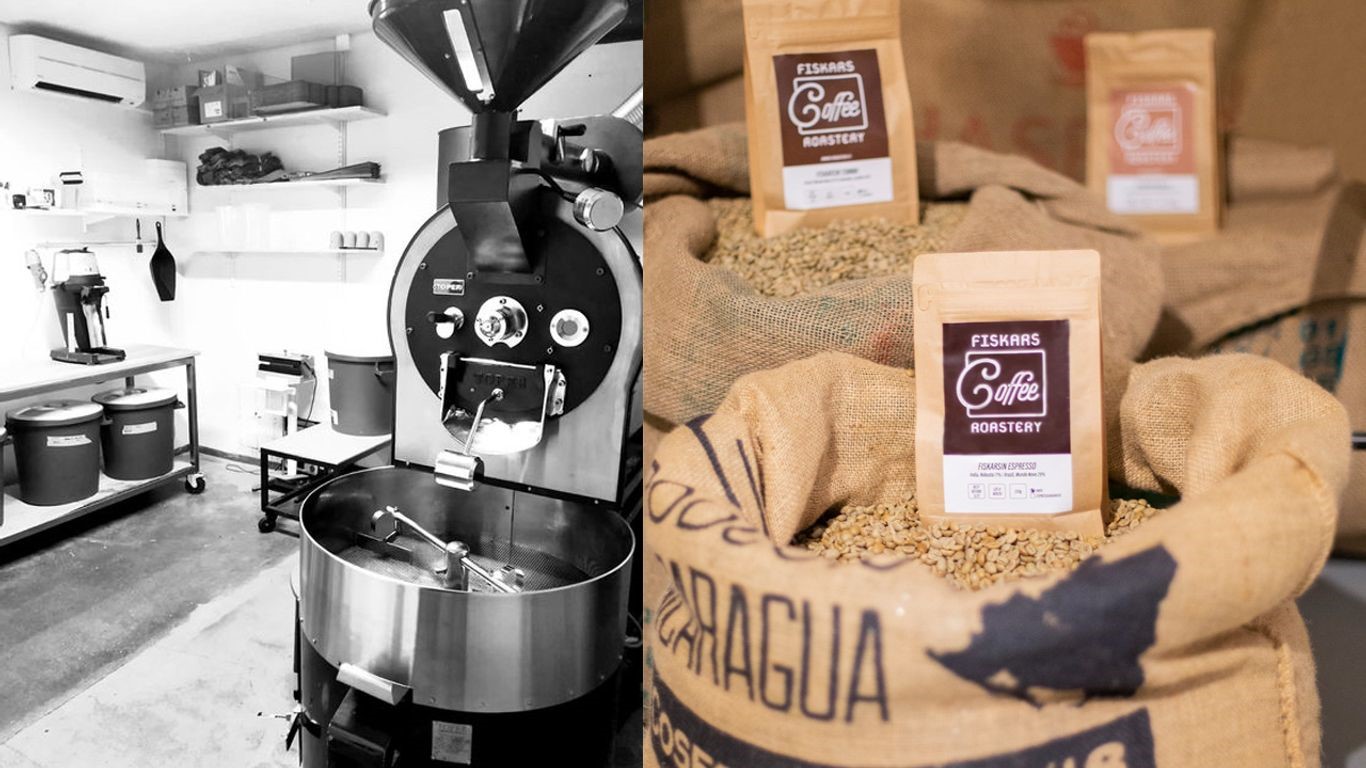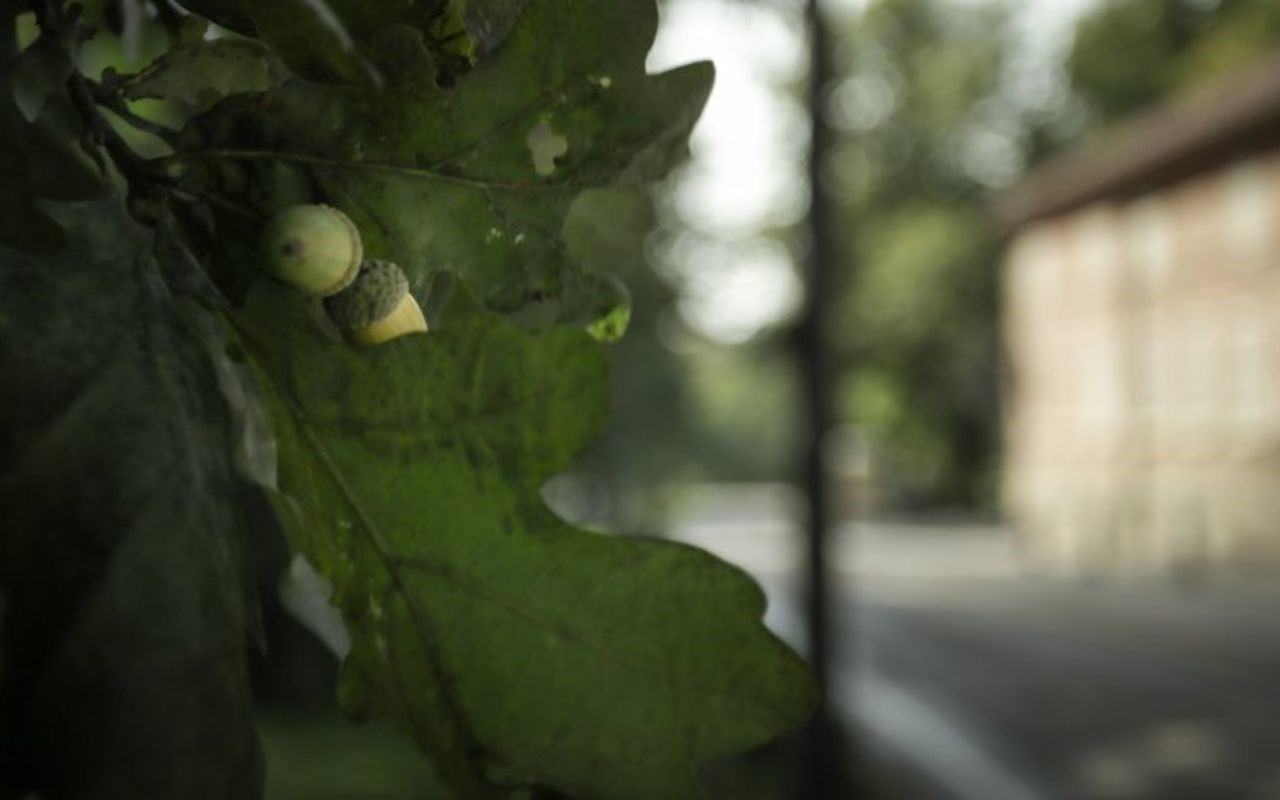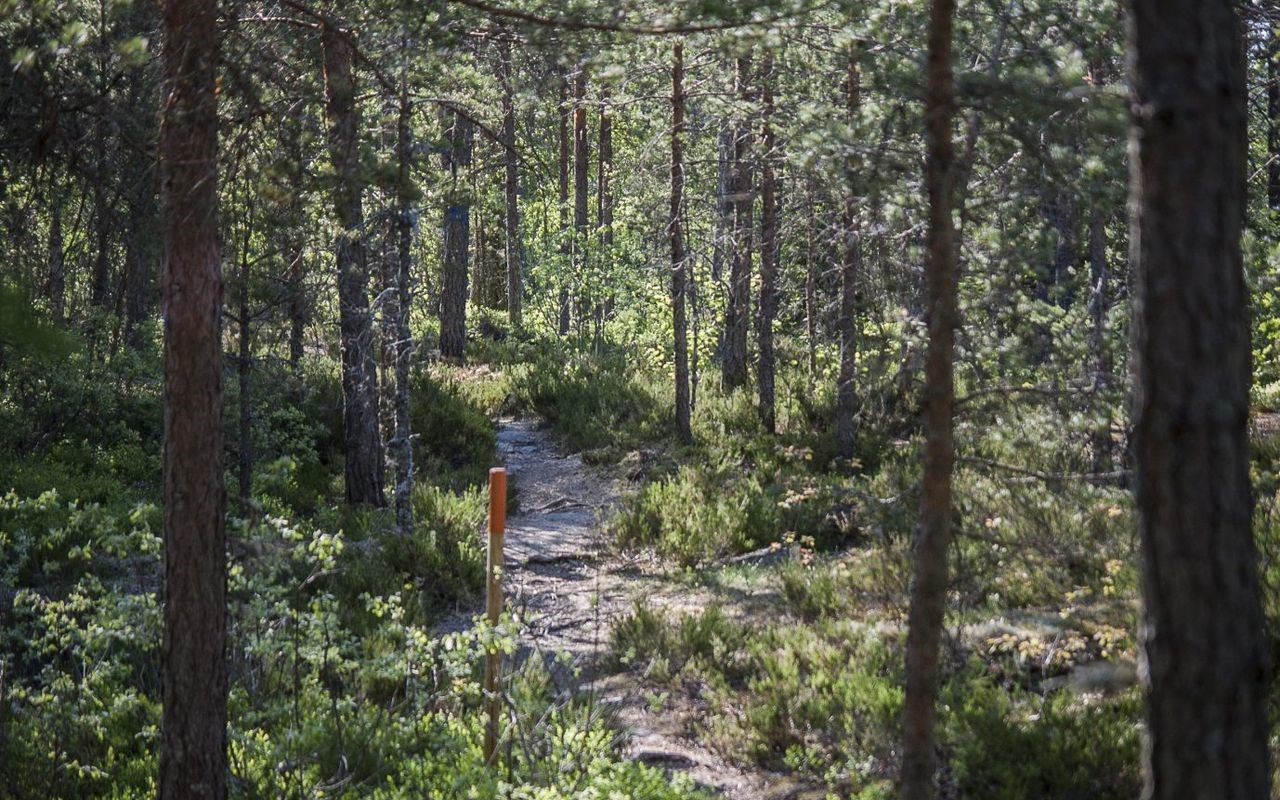Fiskars
Fiskars Village, founded in the 17th century, is known today as the centre of Finnish art and design. High quality restaurants, conference and hotel facilities, as well as various workshops, events and shops offer the visitors plenty to see and do throughout the year.
Upon arrival, the visitors first bypass old wooden houses; the Assembly Hall and the hotel and restaurant Fiskars Wärdshus, after which the village road opens up. The buildings connected to the production of iron are lined up along the road: the Granary, The Old Mill, Copper Smithy, Hotel Tegel, and the Glass Studio.
The Clock Tower Building with its original Finnish-made Könni no. 9 clock reaches the highest on the village road and has marked the time at Fiskars since 1842. Cafés and shops can be found next to the Clock Tower. There are workshops also on the workshop square and at the end of Åkerraden road, which is a road lined with red houses. On a row of read houses near the river is the Fiskars Knife Factory Gastrobar, which serves Fiskars Brewery, Noita Winery and Ägräs brewery products, natural wines and craft cocktails. In addition to the bar, the kitchen will also open in September 2022, serving great themed dinners. In Fiskars lives under 1000 people but around 150 000 people visit the village every year. Two of all attractive events is the Slow Food Festival and the Antique Days.
The Tourist Information in Fiskars Village is open Tue-Sun 10:00-17:00, address: Peltorivi 6, Market square.
We also serve you by phone and email every day: +358 (0) 20 439 2099 and fiskarsvillage@fiskars.com
fiskarsvillage.fi
Most of Fiskars’ boutiques and services are open daily during the summer period. In the fall; Wednesday-Sunday. See current opening hours: Boutiques and services
The beginning of the oldest company in Finland
Fiskars Ironworks was founded in 1649, when Peter Thorwöste, a Dutch businessman, was granted a privilege to build a blast furnace and a trip hammer along the Fiskars River. The natural water power could be harnessed and made it possible for the village to develop. Before long workshops and other shops were founded in the ironworks. Today, the workshops have been refurbished into various artists’ ateliers and studios. Some of the pig iron was used to make nails, wire, knives, hoes, and iron bands to reinforce cartwheels. The ironworks also made cast-iron products, such as pots and frying pans.
Over the years, the ironworks got new owners. During the 18th century Fiskars was under the control of several businessmen, including John Montgomerie, and Robert Finlay and John Jennings. Finlay’s ironworks ended in bankruptcy after 20 years, and the ironworks was taken over by B.M. Björkman of Stockholm. Björkman’s son moved to Fiskars, but he was a young man in his twenties whose liking for the fast life led to the ironworks being sold to Johan (John) Julin in 1822.
The heyday of Fiskars Village
Von Julin marked the beginning of an important period in the history of the ironworks. While developing the industry at Fiskars, Julin also improved the farming and forestry around the ironworks village. Julin was a progressive man who had Finland’s first fine forging workshop and machine workshop built at Fiskars. Fiskars Village was ahead of its time in both healthcare and education. Various associations offered a broad range of leisure time activities for the people living in Fiskars Village, ranging from sports to music and the volunteer fire service.
At Julin’s death in 1853, the ironworks was run by a guardianship administration. In 1883, the Fiskars limited liability company was founded. Within the limited company, the ironworks also became part of a bigger whole, which also influenced its later development. Today, Fiskars Corporation is an international company whose consumer products for the home, garden, and outdoors are renowned for their functionality and cutting-edge design. The Group’s core brands are Fiskars, Iittala and Gerber.
Billnäs Chocolate Factory
Delicious handmade chocolate crafted on-site and sold in the store
Tourist Guides of Raseborg
Get more out of your visit by hiring one of our professional guides!
Guide-Matti
Boat trips to the archipelago, fishing- and nature trips and guided tours in Raseborg
Forest Bathing, Storytelling, & Ritual in Nature
A soothing forest bath, including a lecture in Finnish mythology and an immersive nature ritual.
Fiskars Museum
The museum presents the life of ironworkers from the 17th century to this day.
Knife Factory
Old knife factory now providing experiences in brewing, distilling & wine making
KWUM Creamics Museum
Presents Karin Widnäs’ collections as well as ceramics and crafts exhibitions
Fiskars Village
Guided tour about the history of the village, the key sights and the artists
Sassi Design
Second generation family business designing and manufacturing silver jewellery.
Historical King’s Road
Guided tour along the King’s Road, where Swedish kings & Russian tsars traveled
Rilax manor – Billnäs – Fiskars Village – in a day
Guided tours in Rilax Manor and the ironworks villages of Billnäs and Fiskars
Industrial Walk Fiskars-Billnäs
Take a guided walk from Fiskars Ironworks to Billnäs Ironworks
Upper Works Culture Path
Learn about the history of Fiskars Upper Works on the 2 km long Culture Path
MINJA K Exhibition & Wood Workshop
Minja K creates hand-carved wooden sculptures and installations for interior spaces 3.5.-30.9.2025.
Café Hammarbacken
Fiskars museum´s cozy café serves sweet and salty pastries, cold and hot drinks
Fiskars event venues
Let the variety of venues and facilities, tasty locally produced food and high-quality accommodations help you create the perfect event.
The Torby
A historic building, now a high-class hotel with views of the old industrial area
Municipal Jour
The municipal jour for small animals is managed by Sjundeå Veterinärer in Tenala
Veterinary for horses, Tiina Eklund
Specialist veterinarian in horse diseases. Stable visits in Raseborg and Hanko
KD-Adventure
Programservices such as paintball, kayaking, kanooing, climbing and rappelling
Fishing License in Raseborg
Information about fishing permits and to fish with gear in Raseborg’s waters
Mountain Biking – Fiskars Village Trail Center
14 trails for mountain biking with four different difficulty levels
Fiskars Village Skate Park
Skate park also offering challenges for more experienced skaters
Craniosacral therapist Riku Peltonen
Treatment method using gentle touch to support the body’s function
Onoma Shop
Selling utility and art objects from craftsmen, designers, and artists from Fiskars
Bianco Blu
Glass production, ornaments, utility, and art objects. Glassblowing courses are organized
Boutiques in Fiskars Village, Handicrafts & Finnish design
Over 30 shops and services with local craftsmanship and high-quality Finnish design
Ägräs Distillery
Craft brewery, passionately drawing inspiration from nature, offering unique experiences
Fiskars Brewery and Boutique
Selling beer, Fiskars Brewery T-shirts, and beer glasses in the old knife factory
Fiskars Coffee Roastery & Tea Company
Small craft roastery that has become an important part of Raseborg’s coffee culture
The Tree Species Path
Explore the path and get to know 23 tree species, including a 365 year old oak
The Rissla forest trail
The trail leads through Fiskars’ nearby forests with beautiful areas and historical sites.

